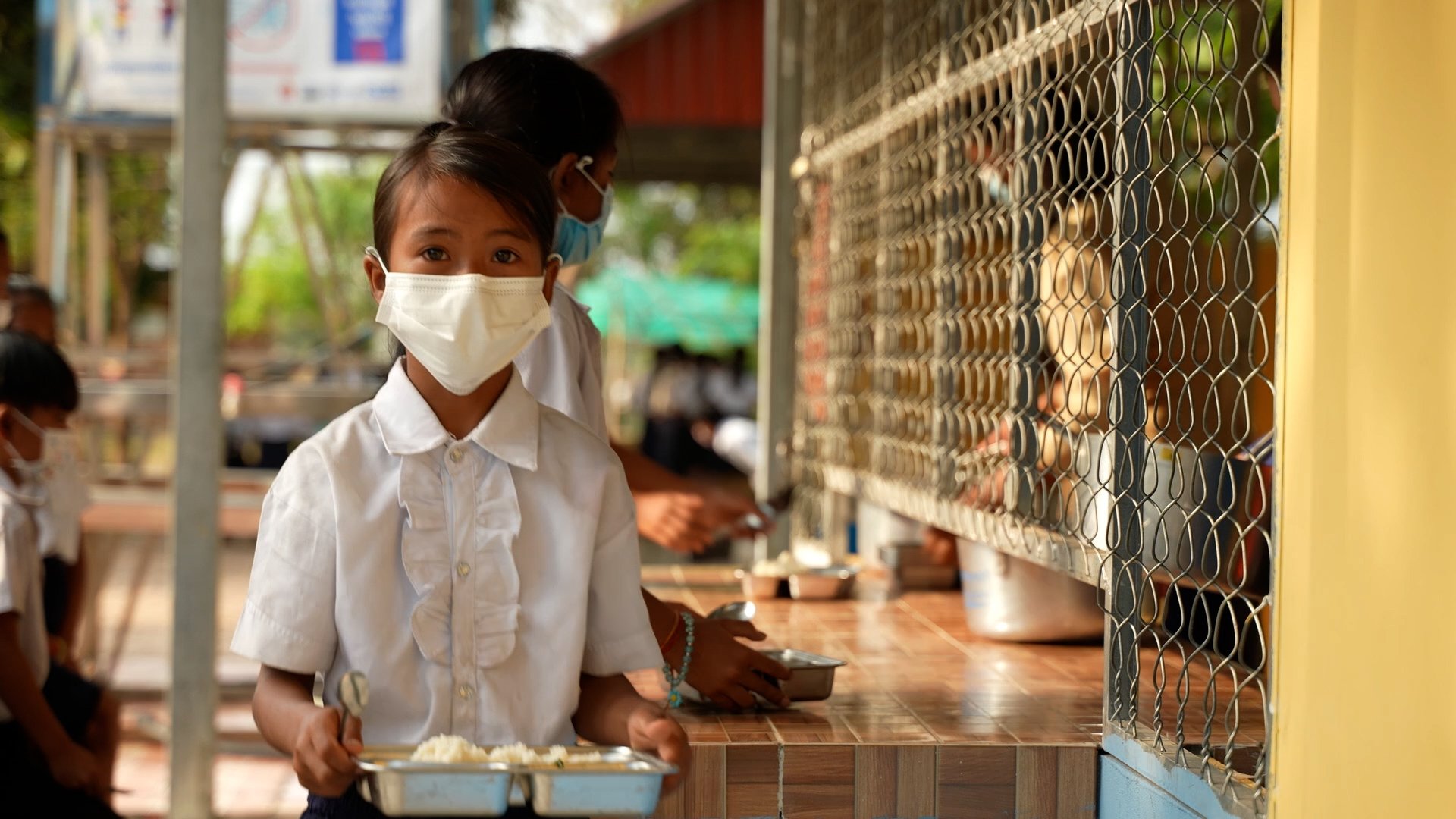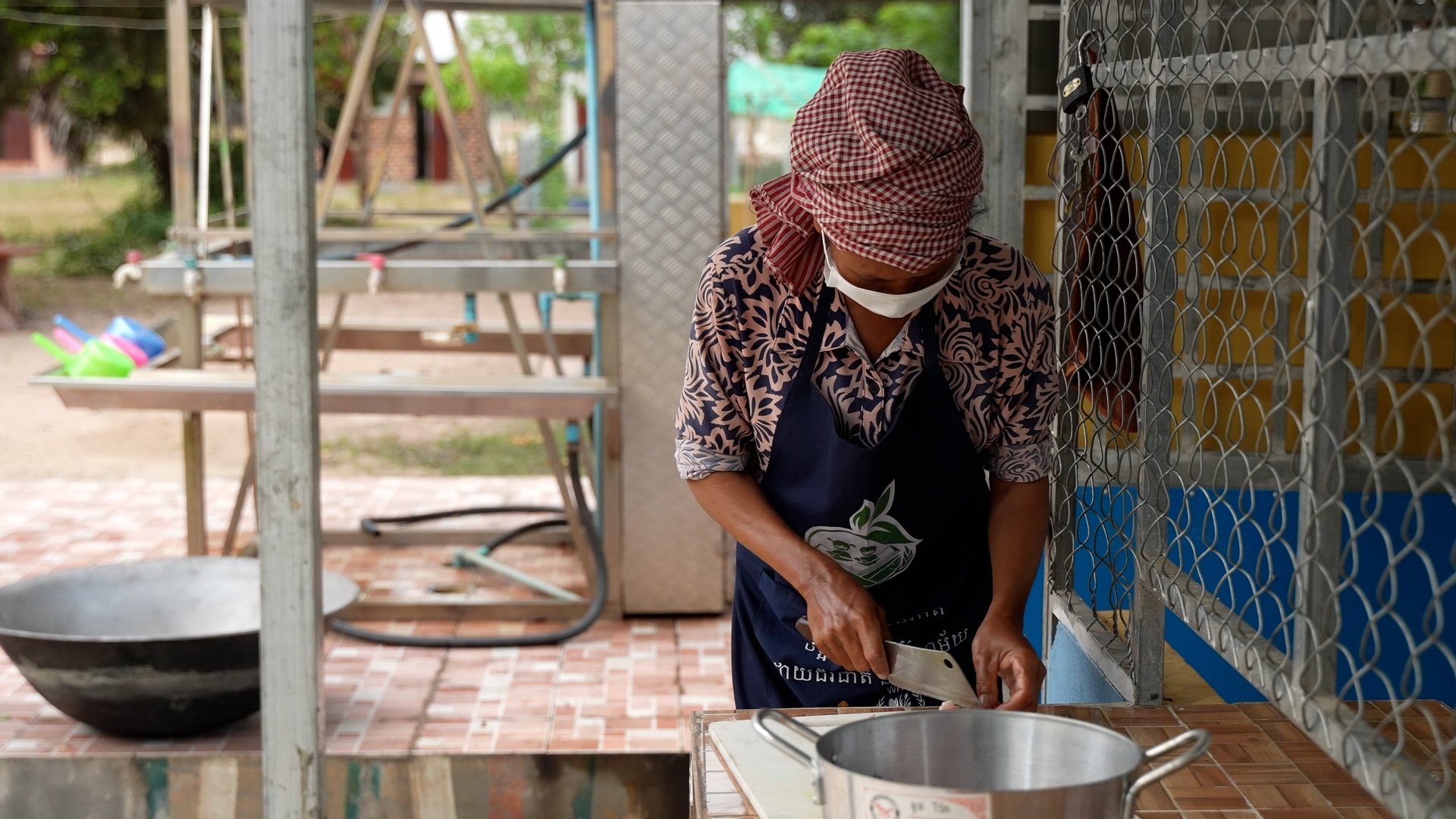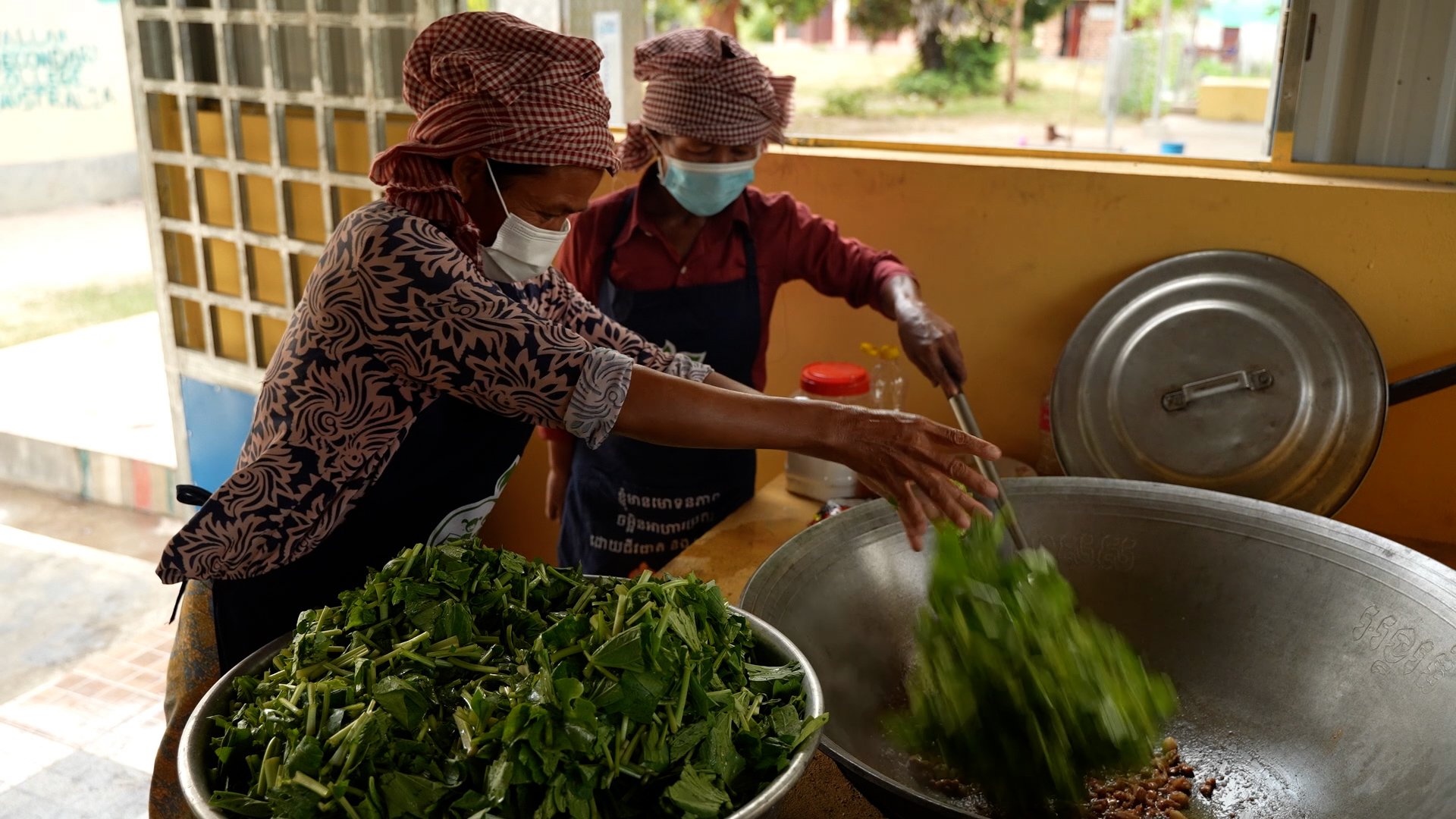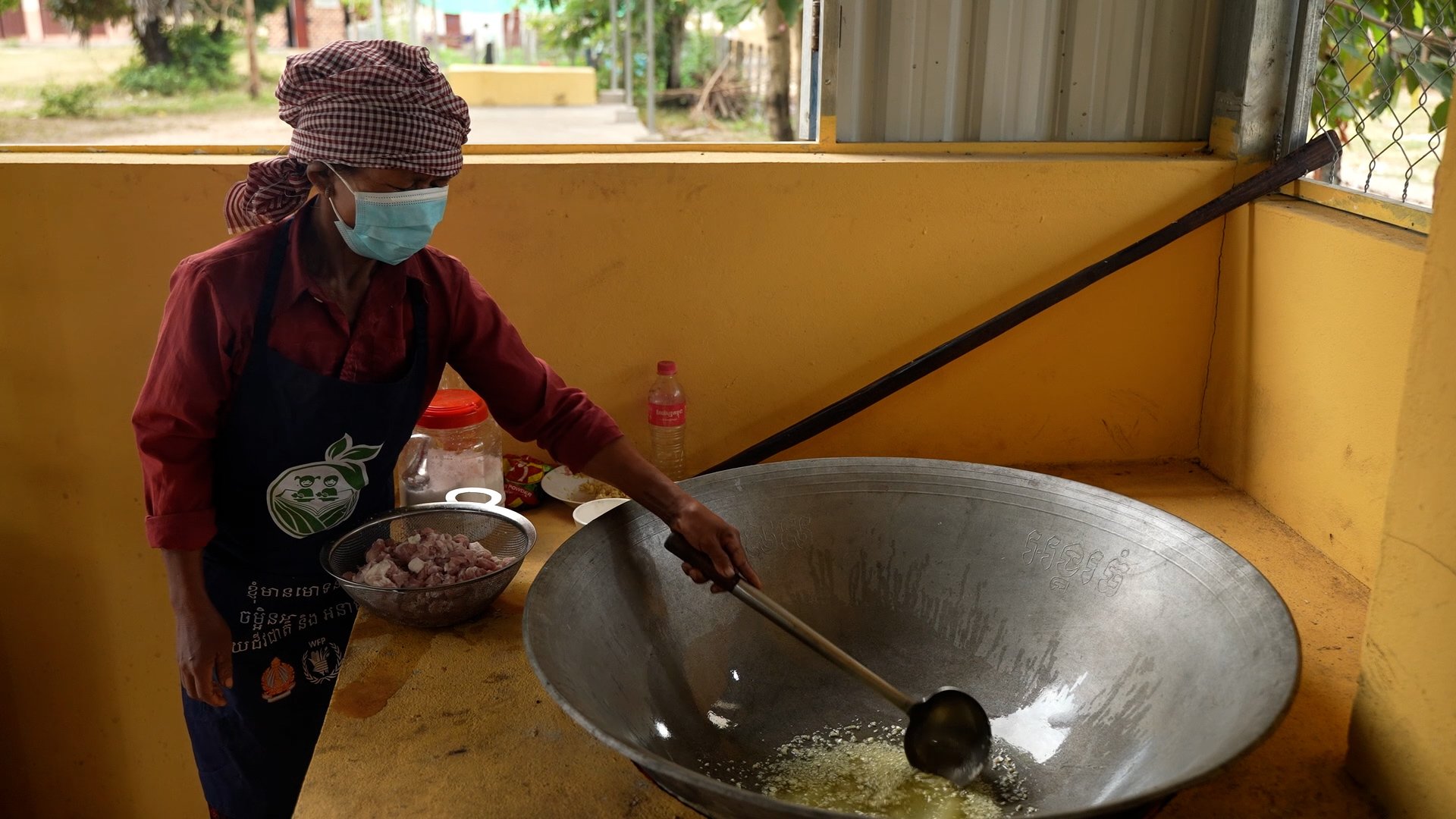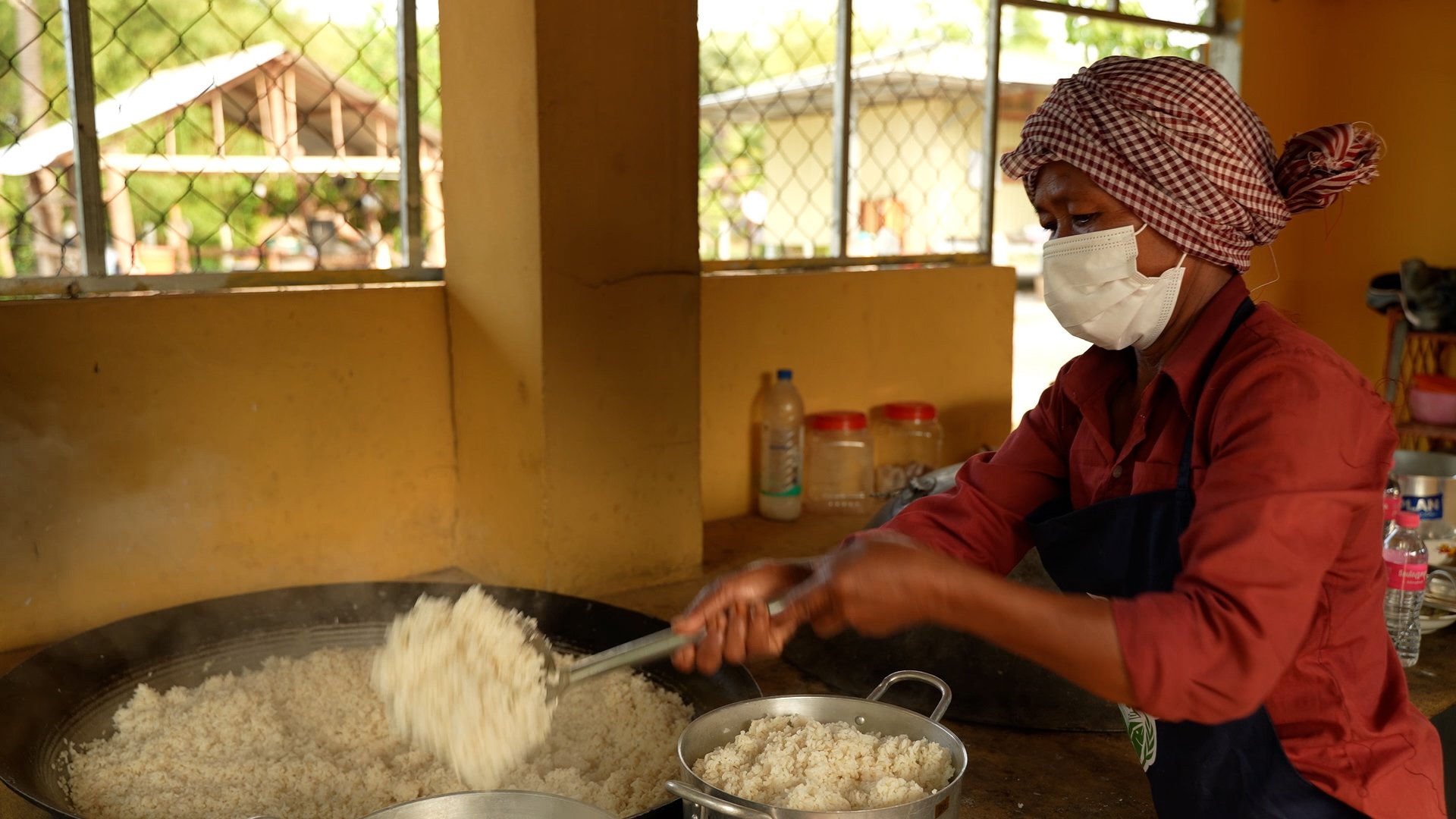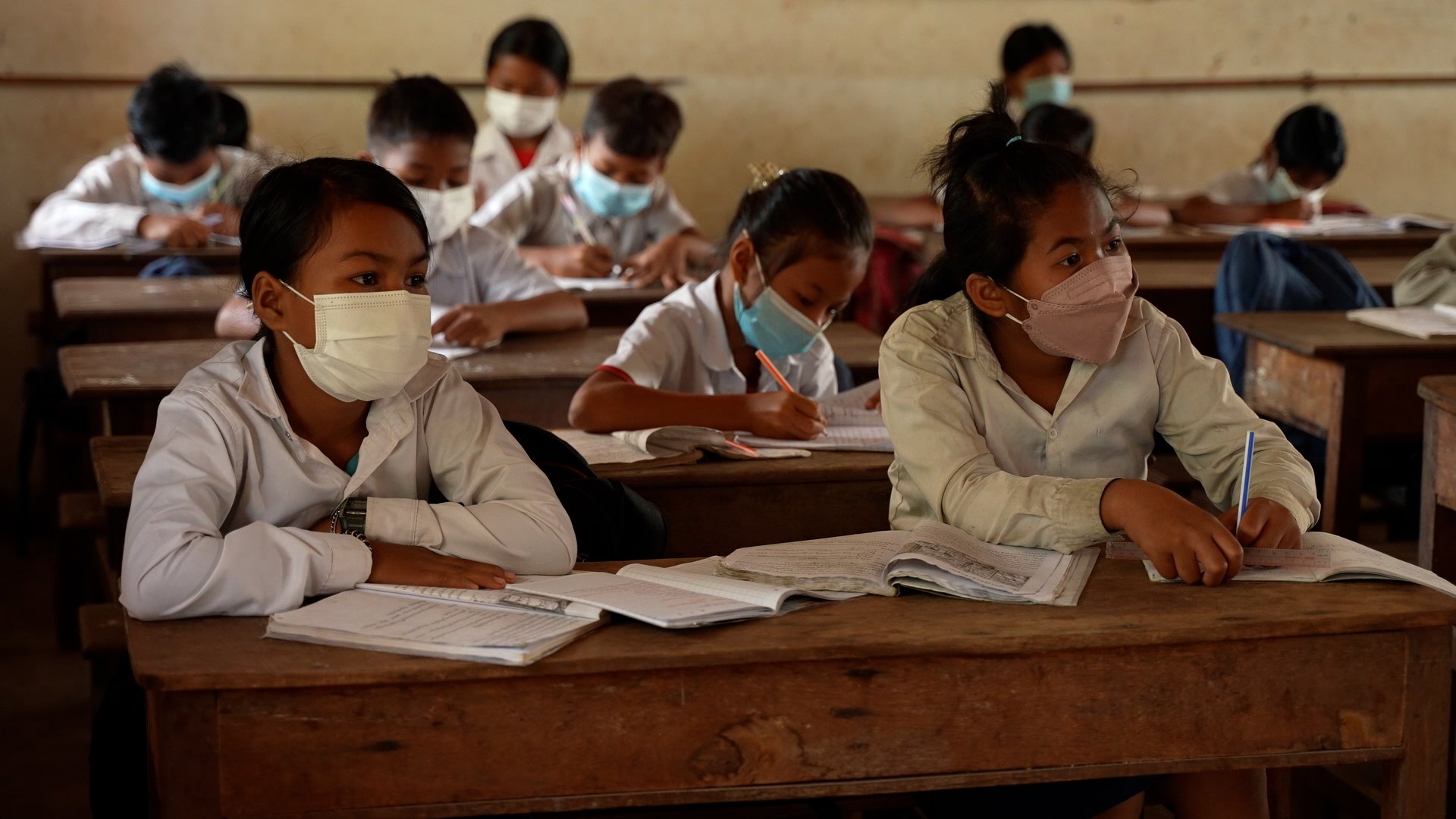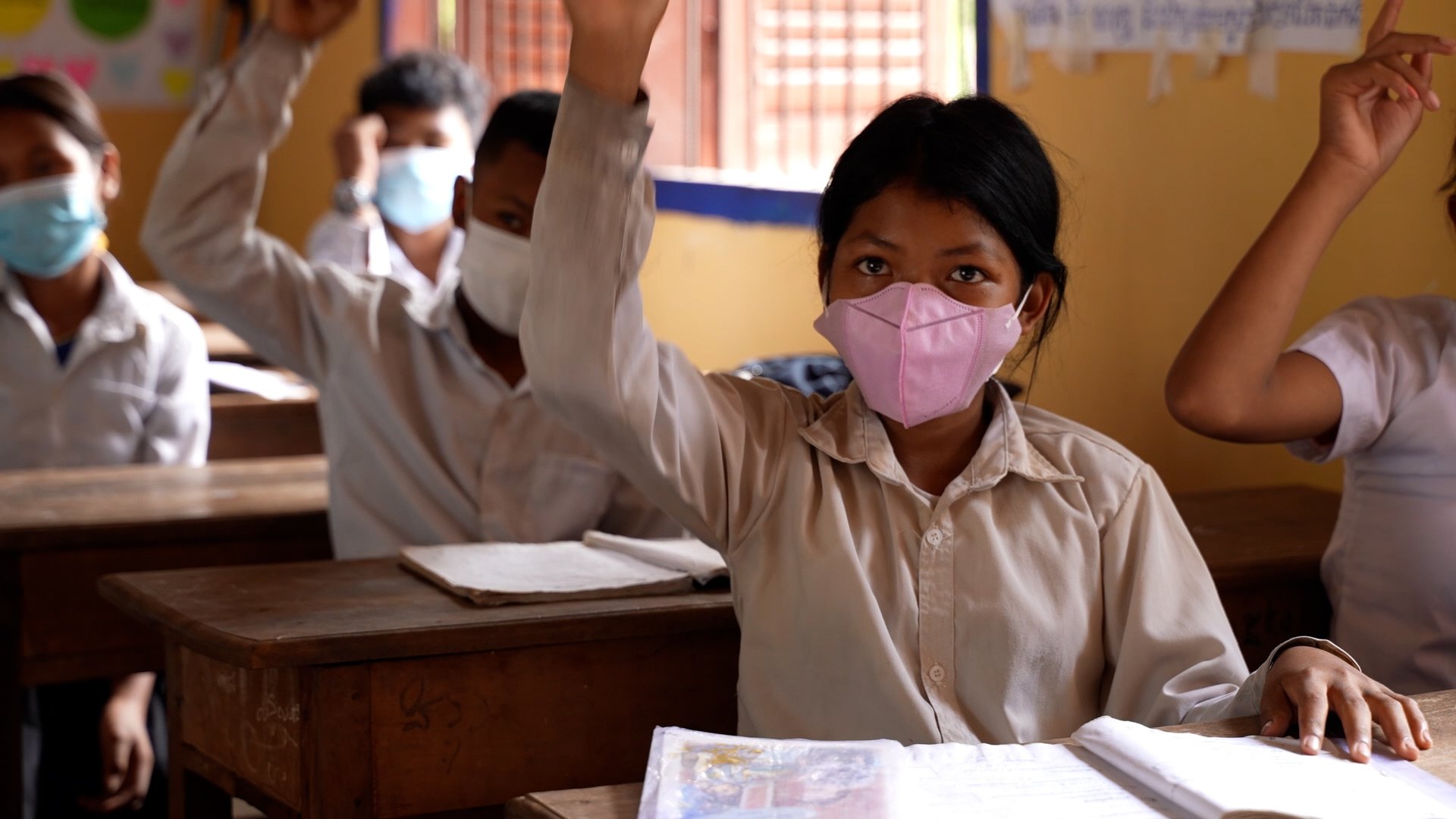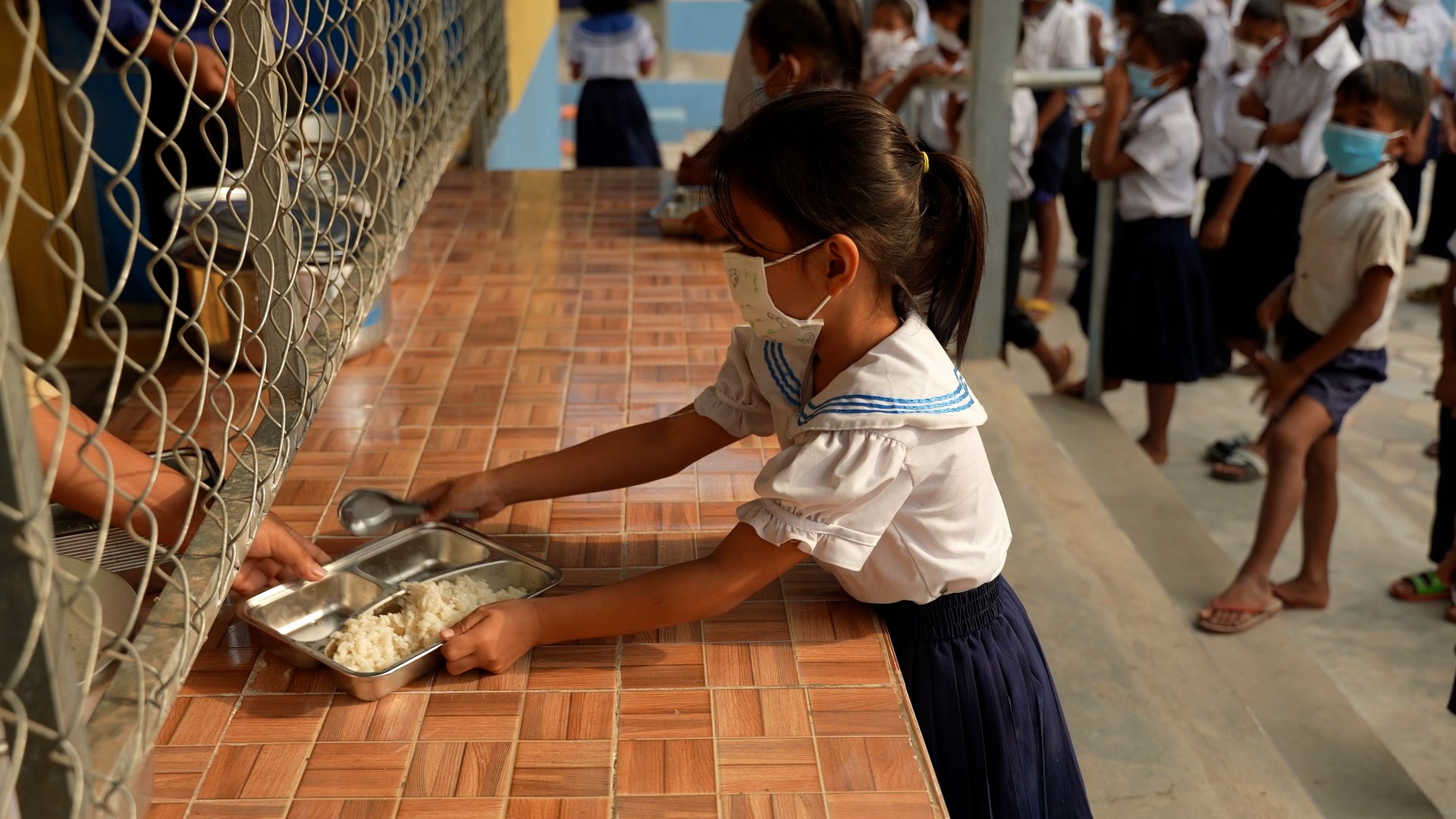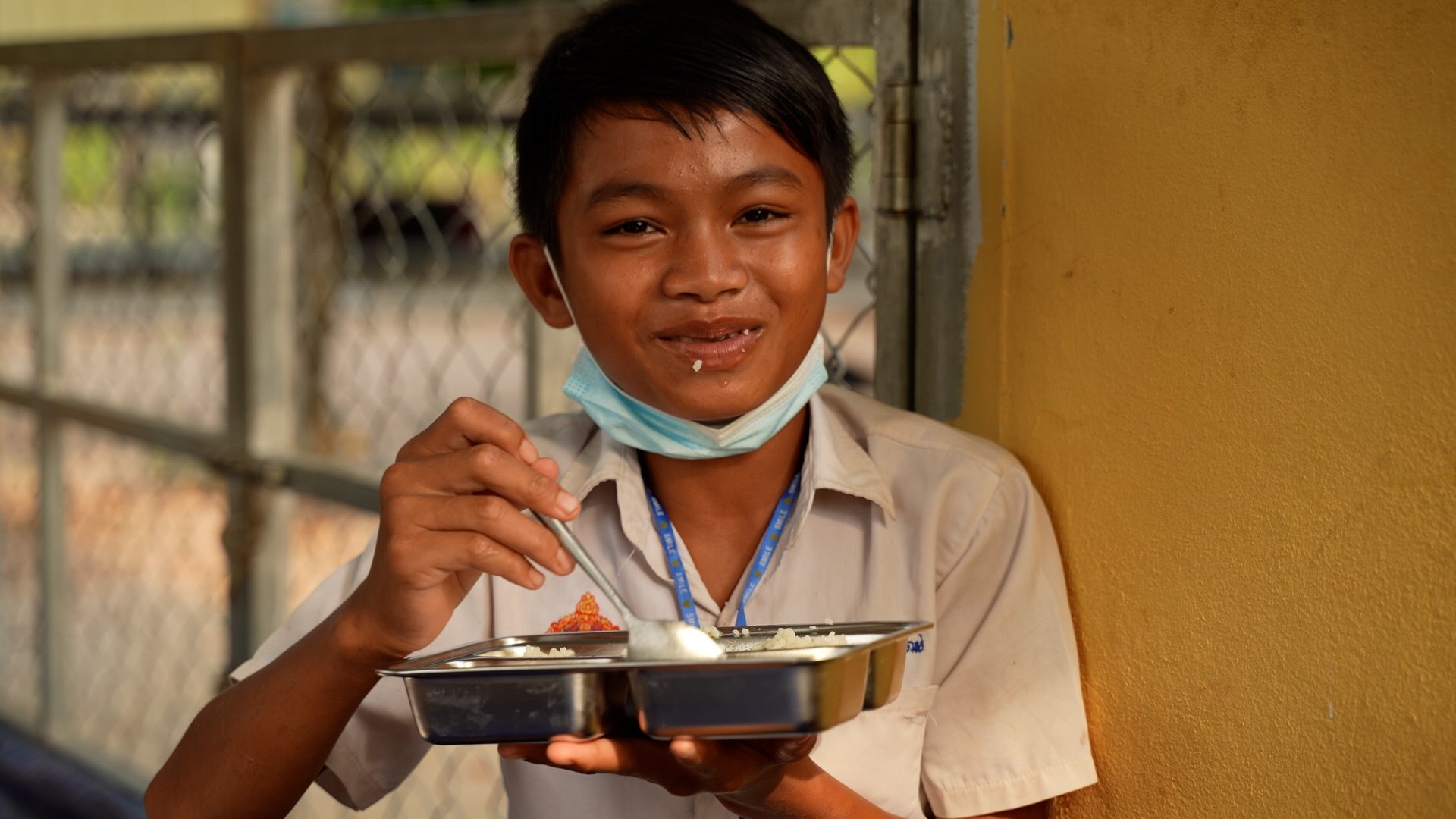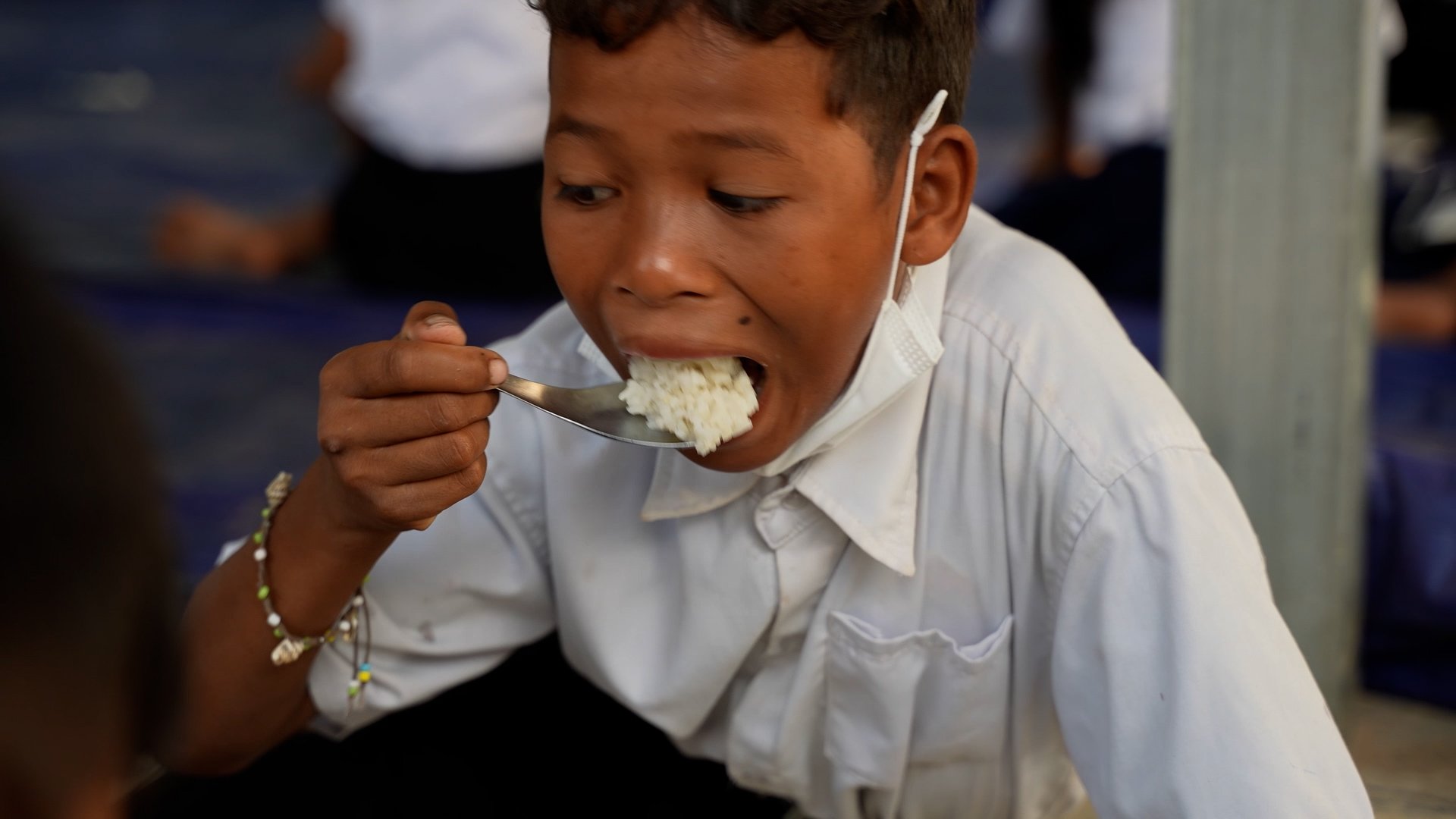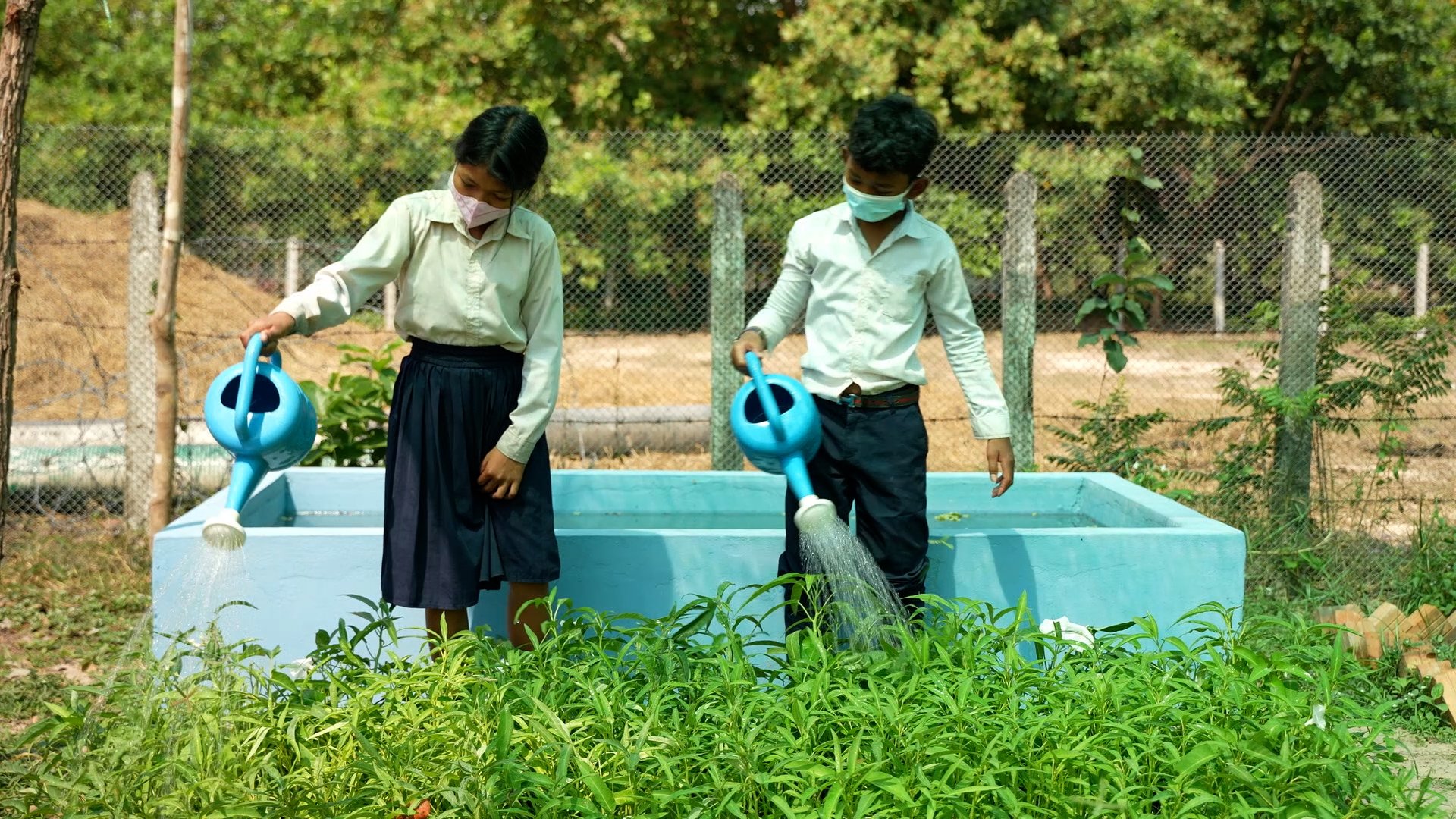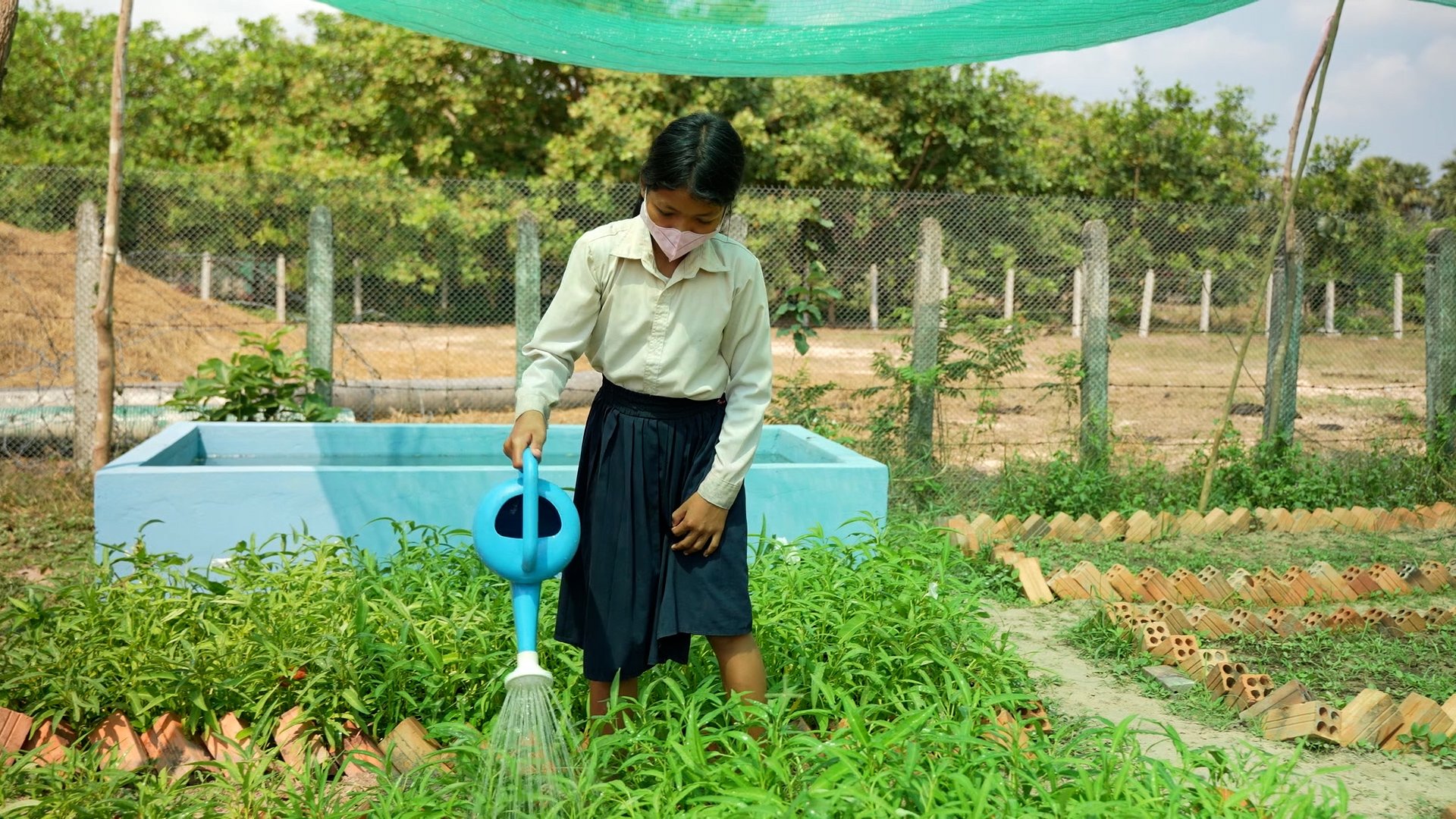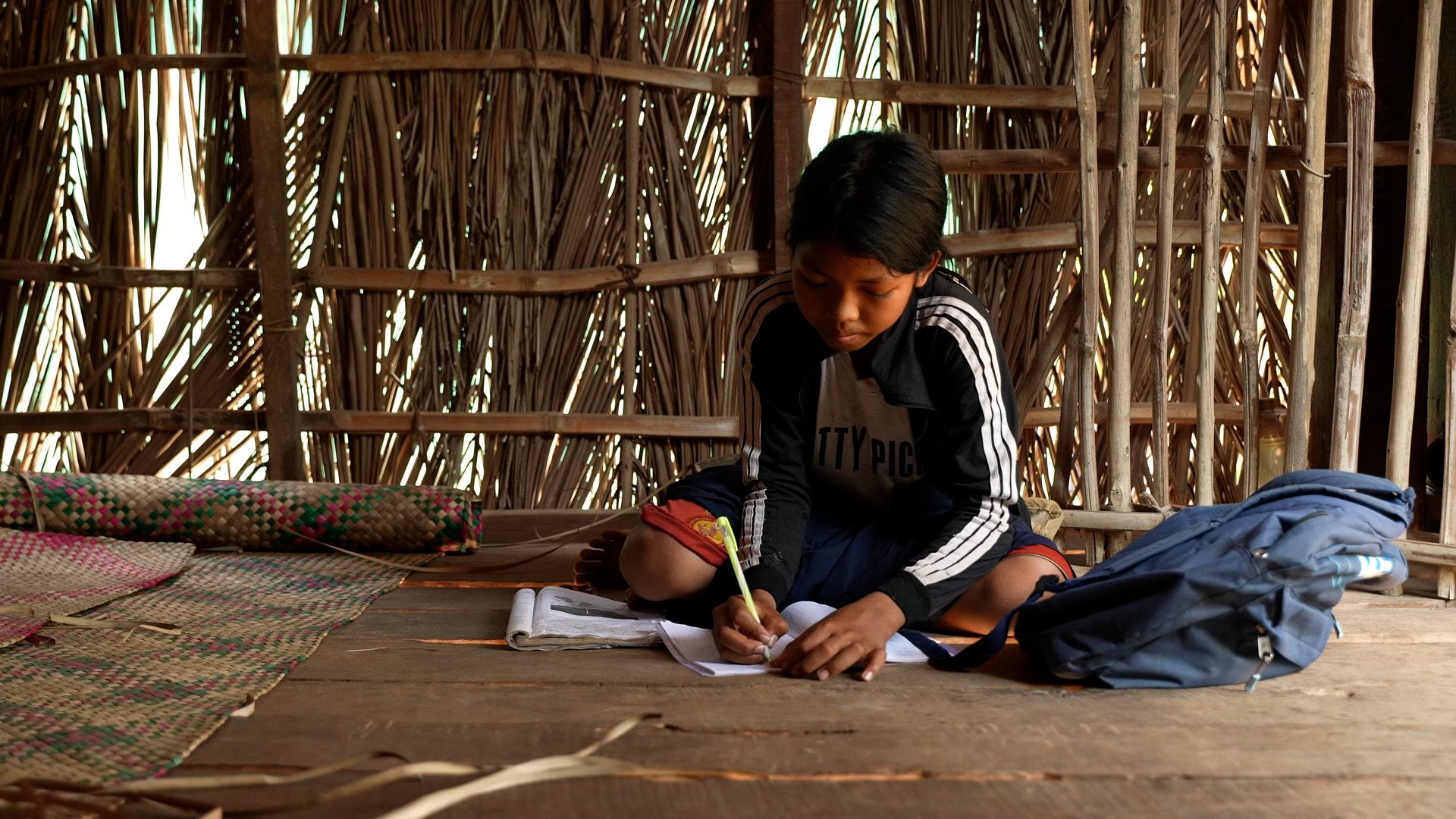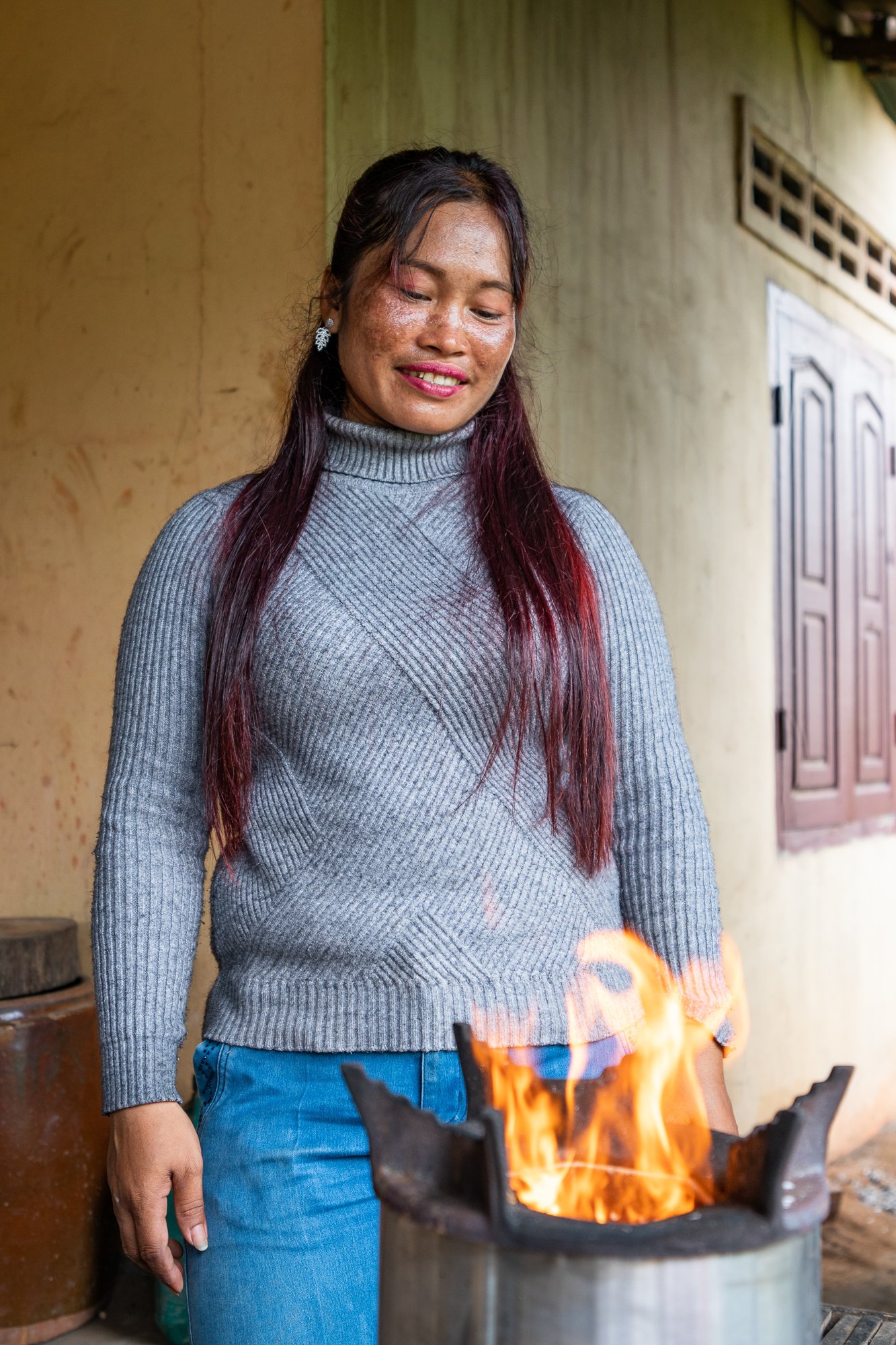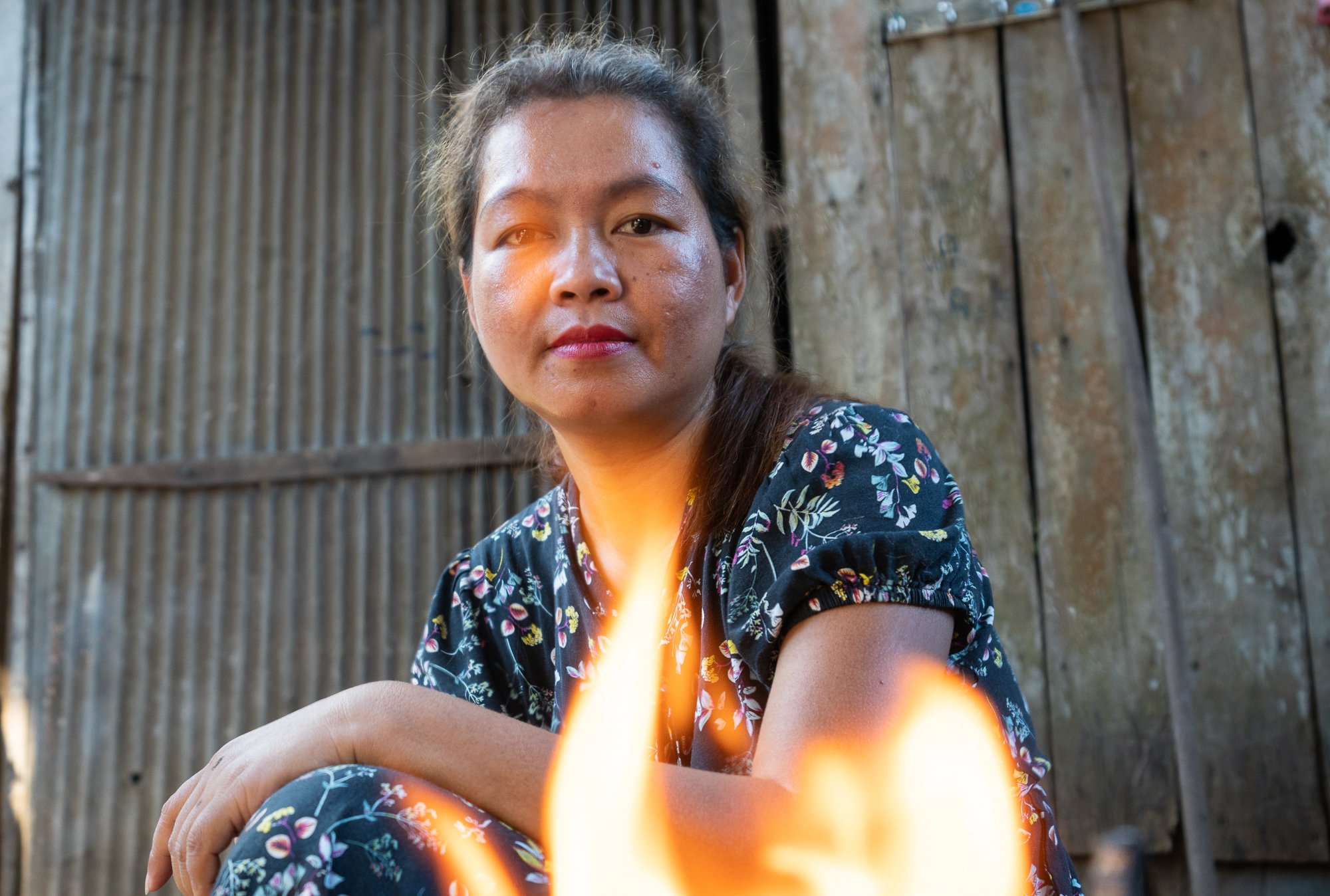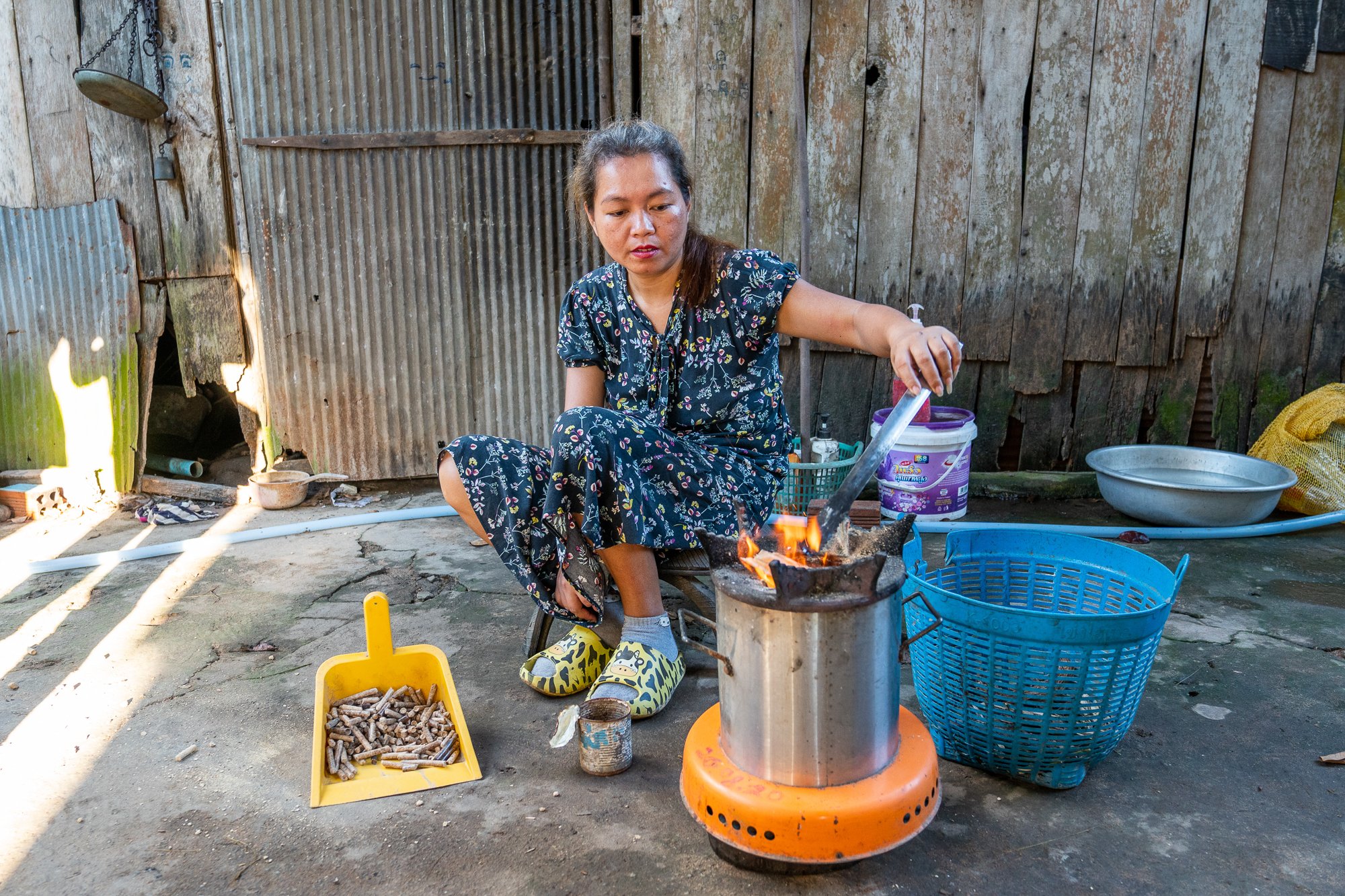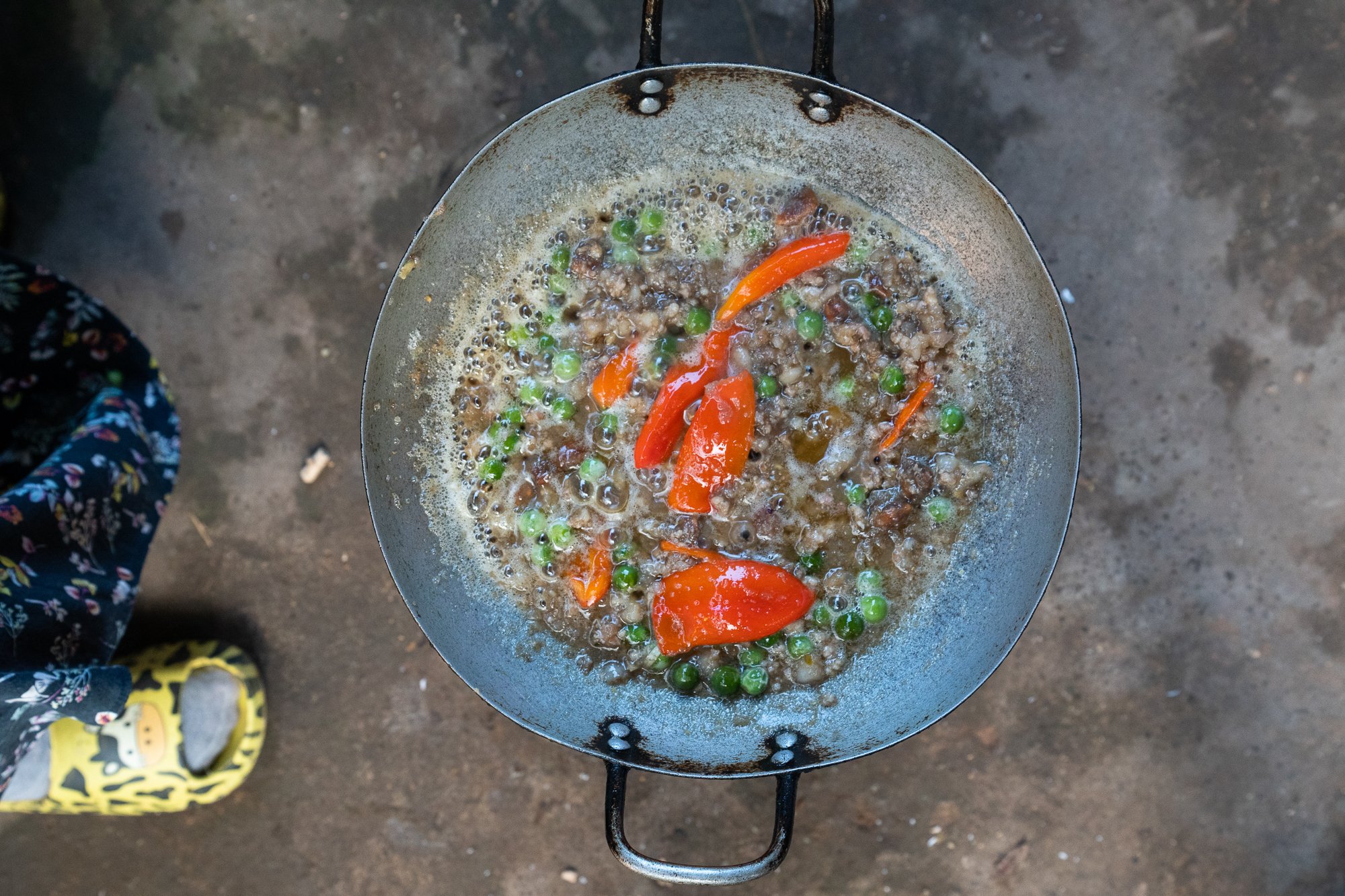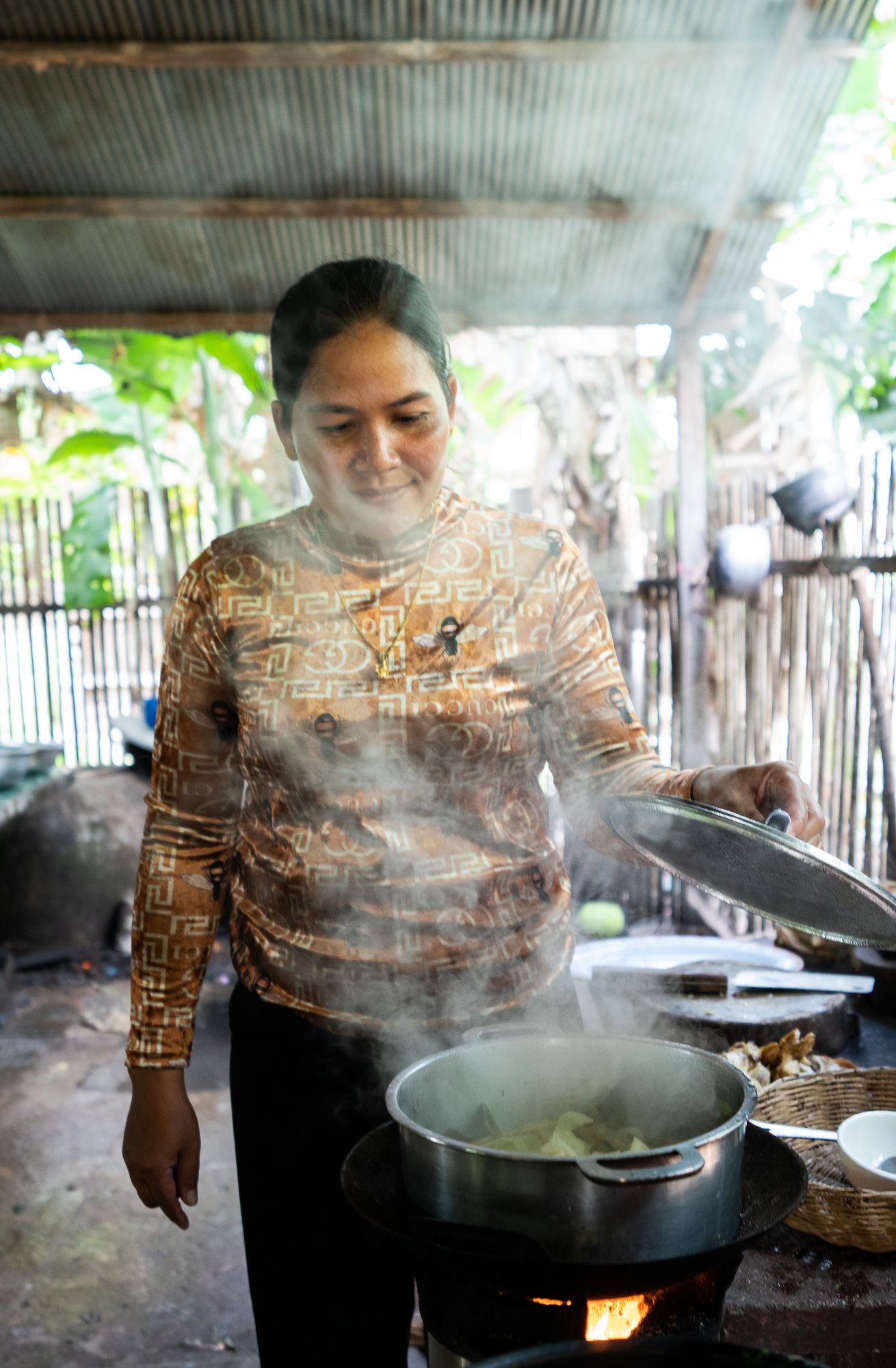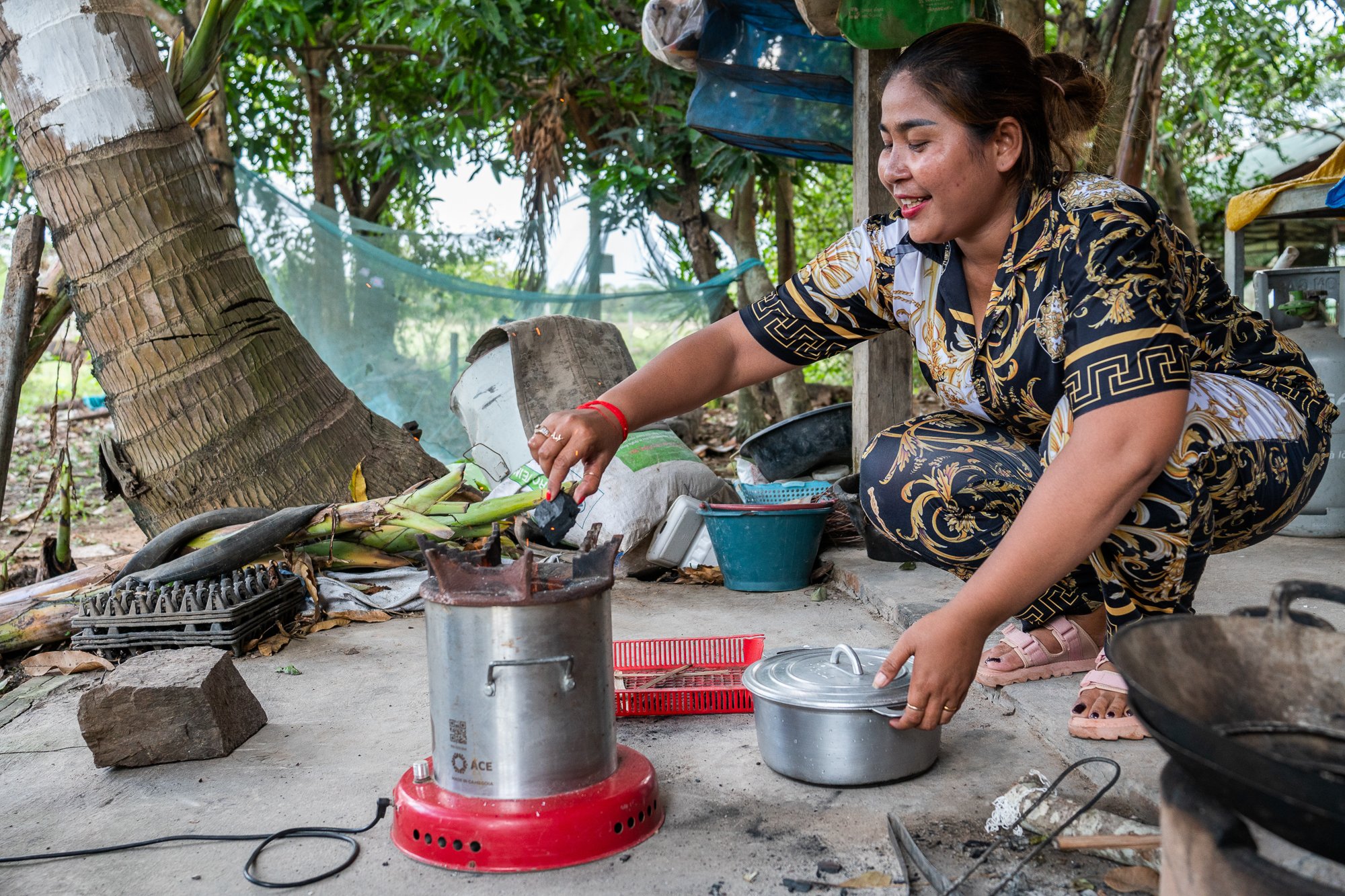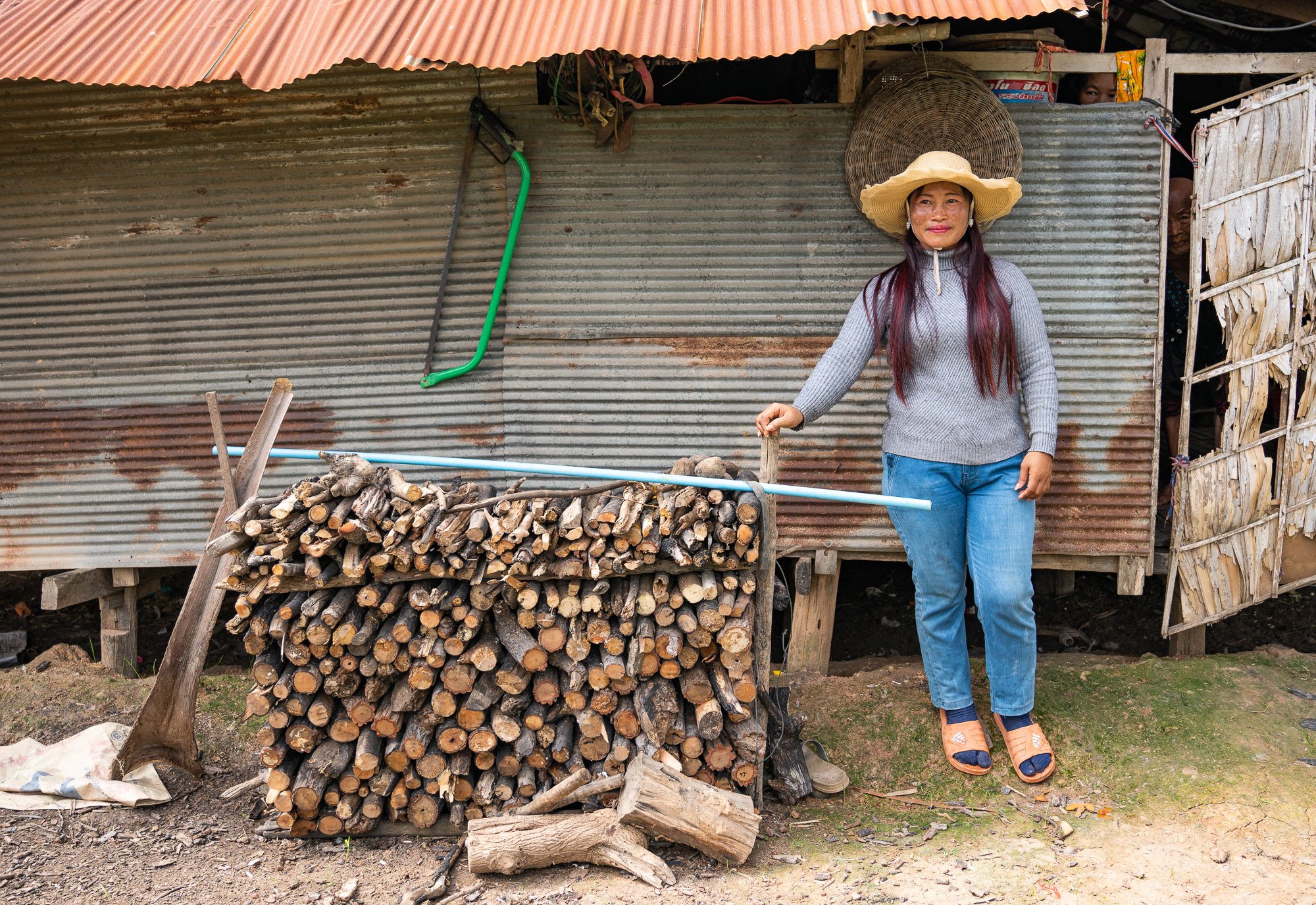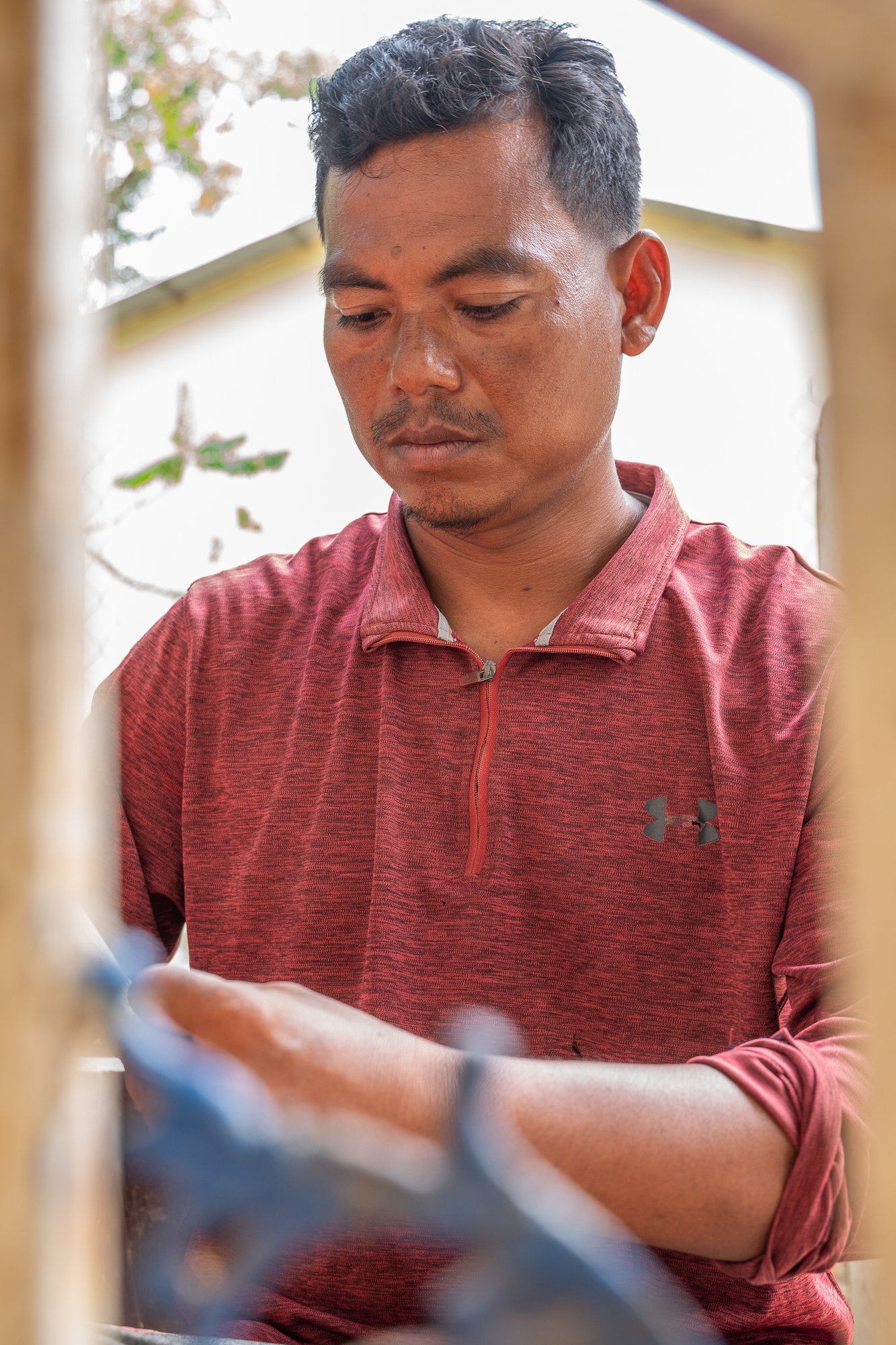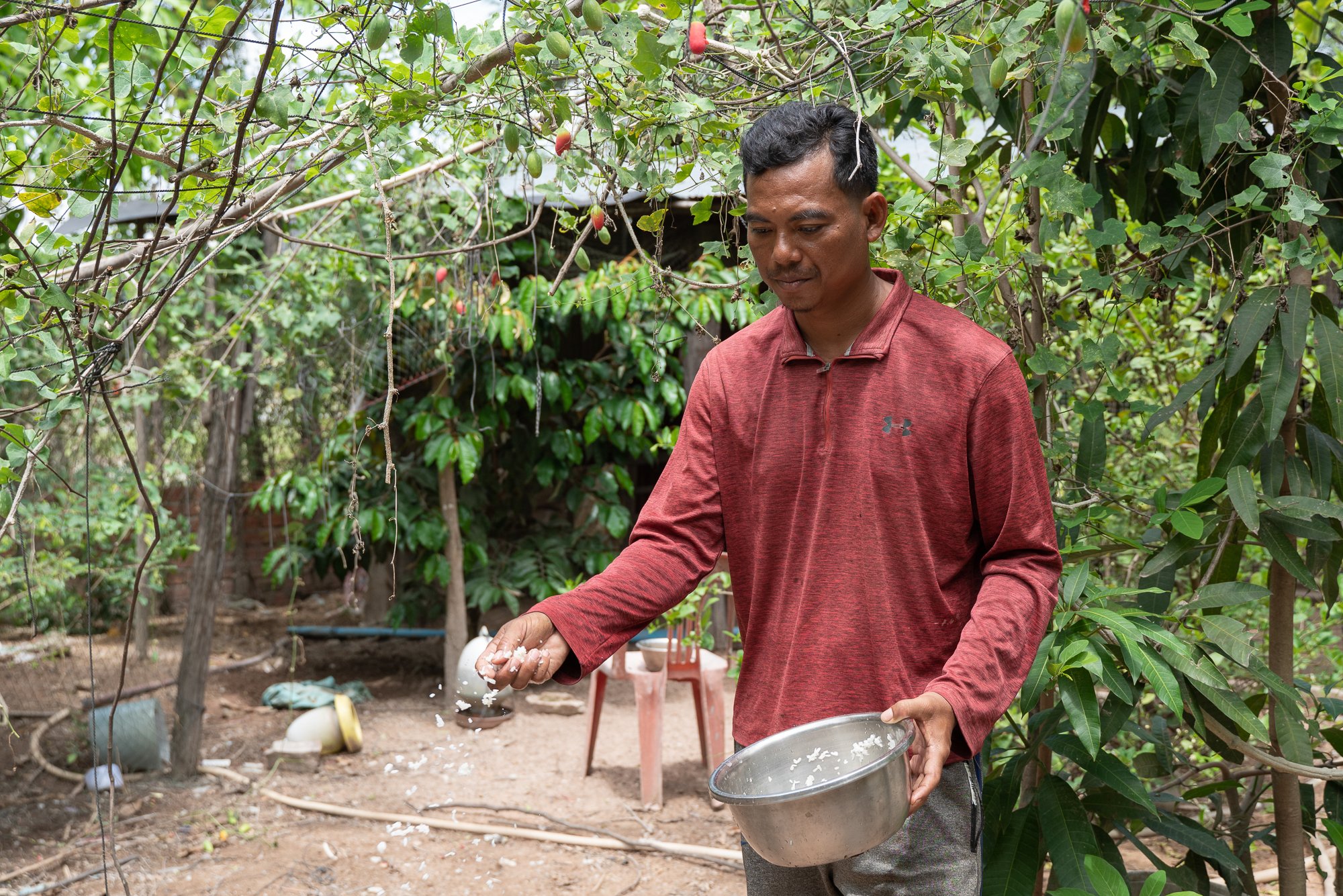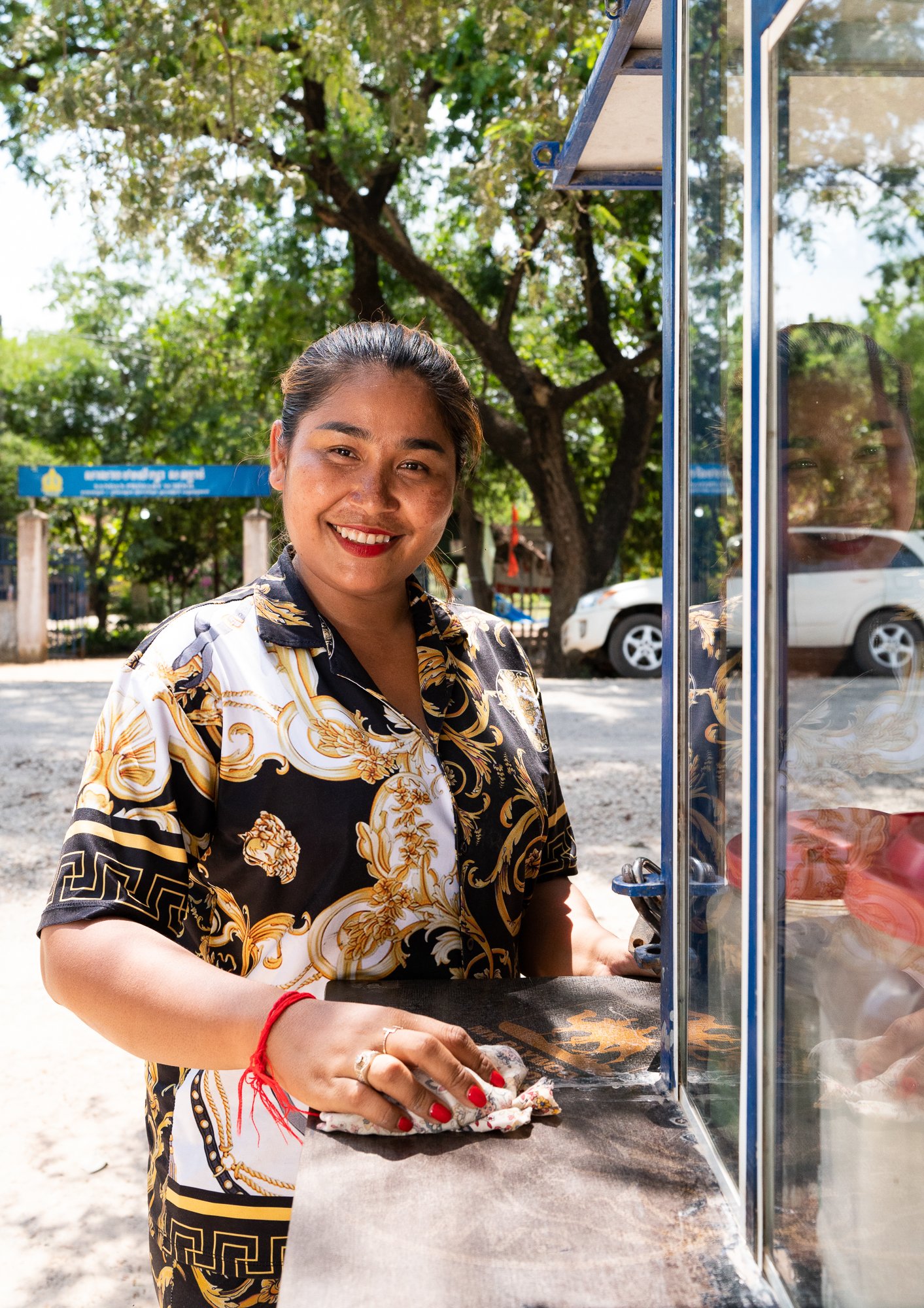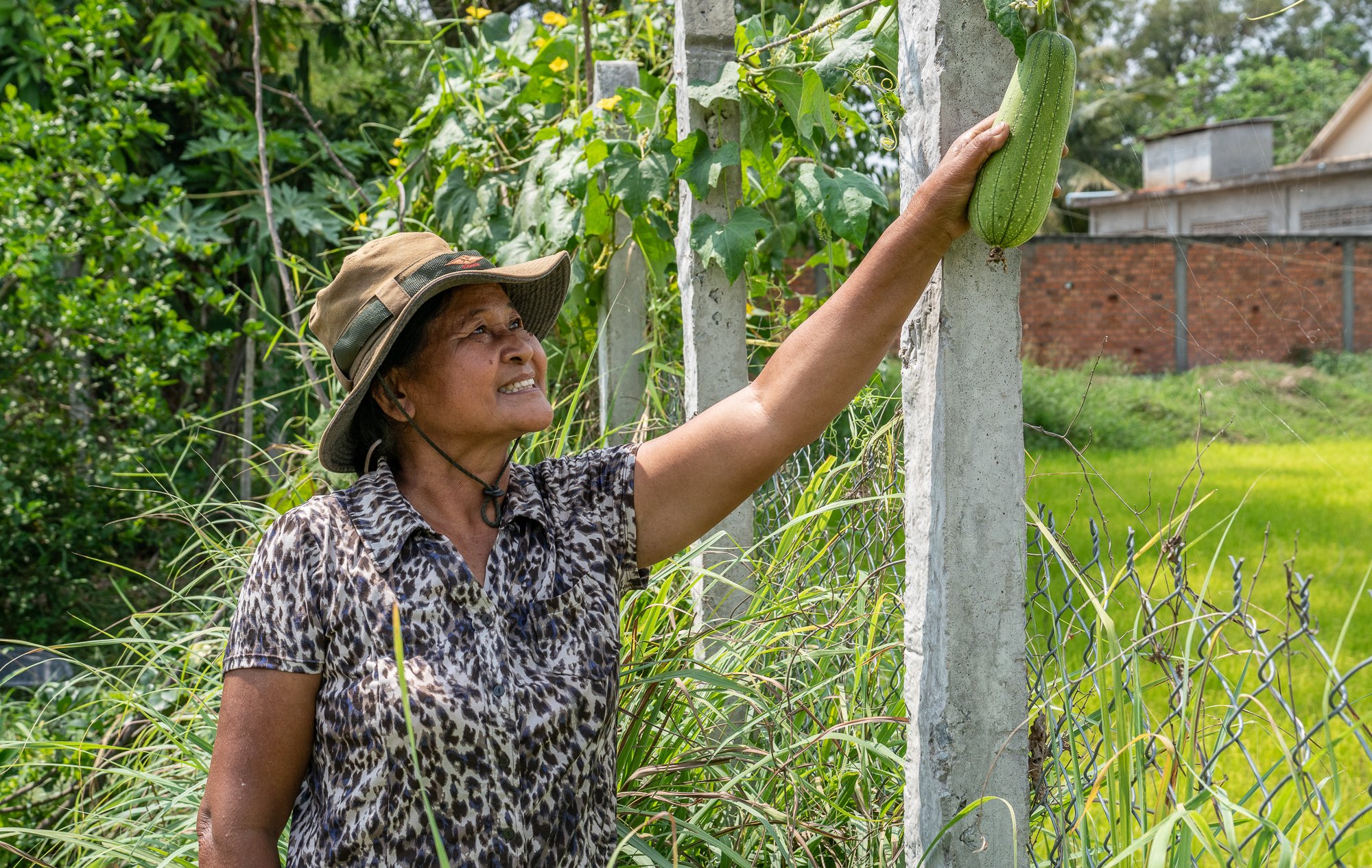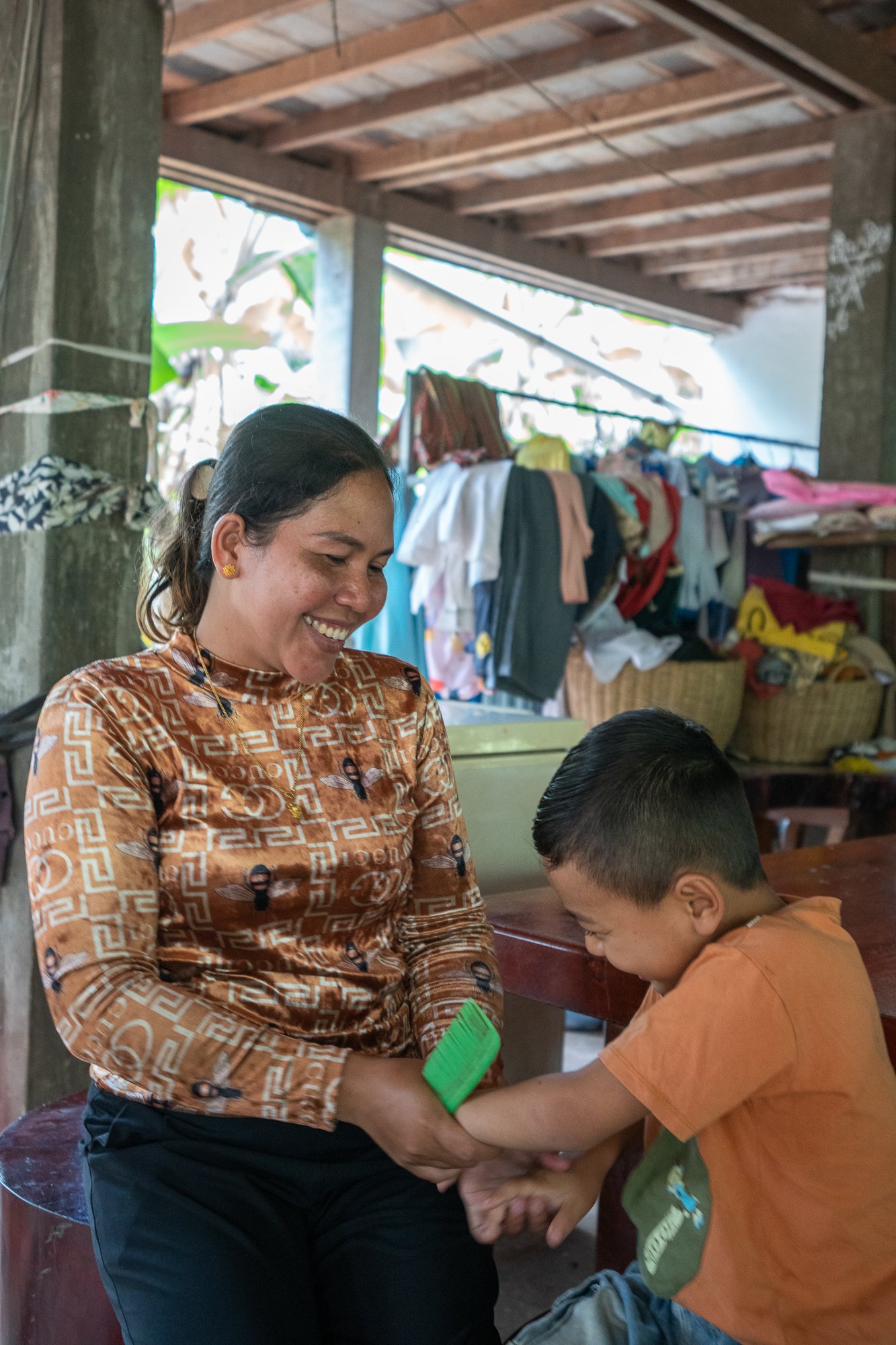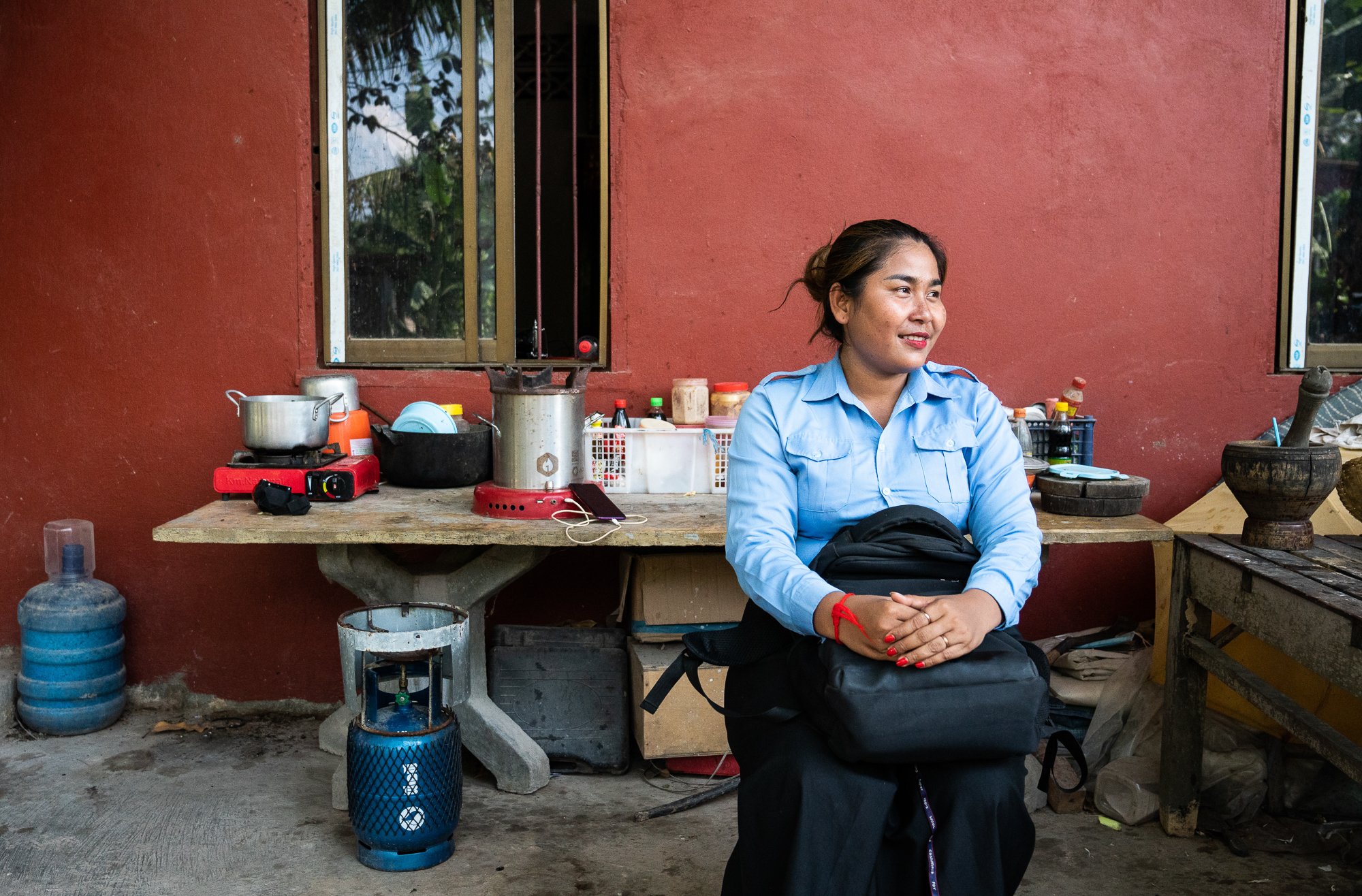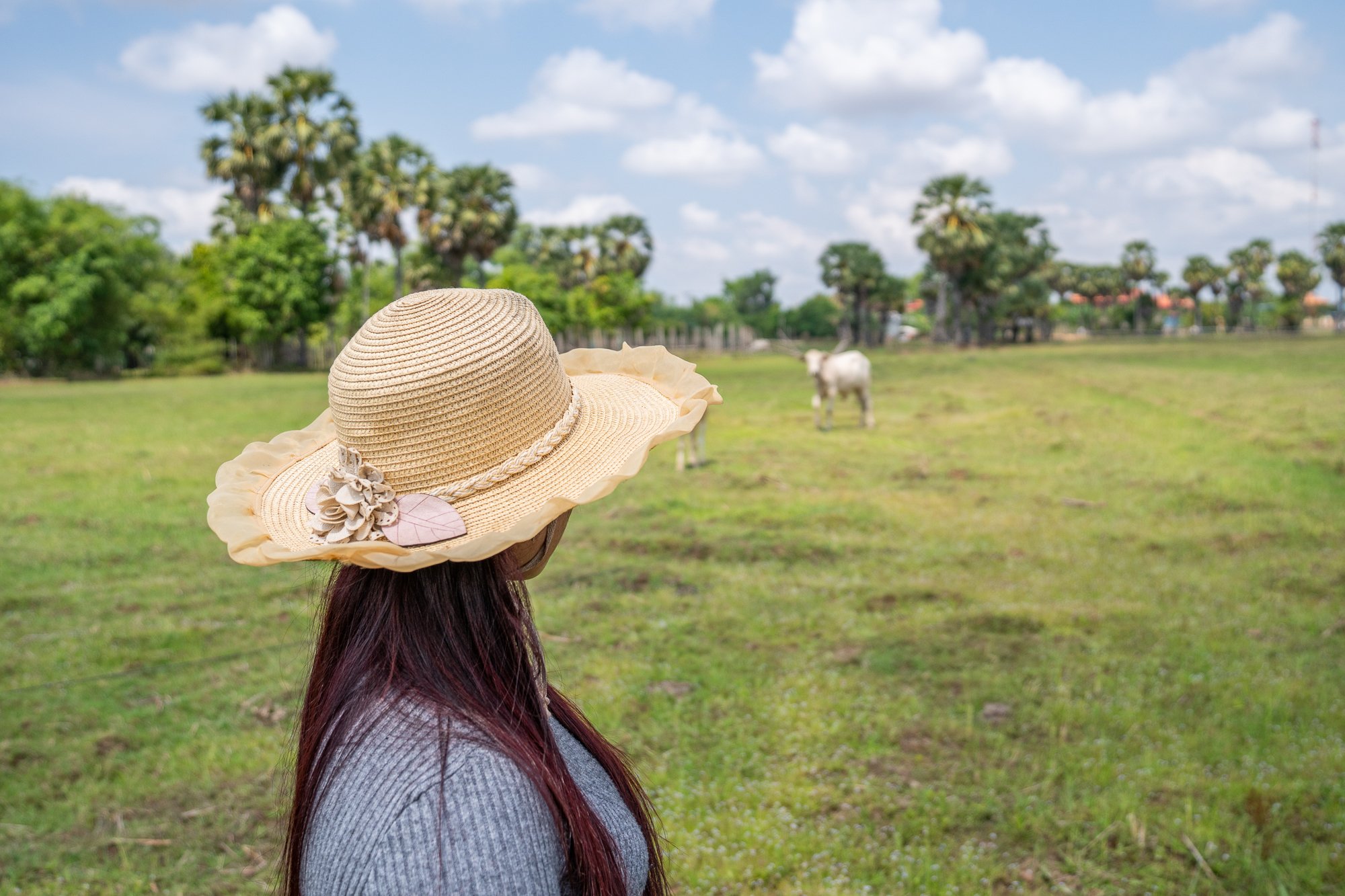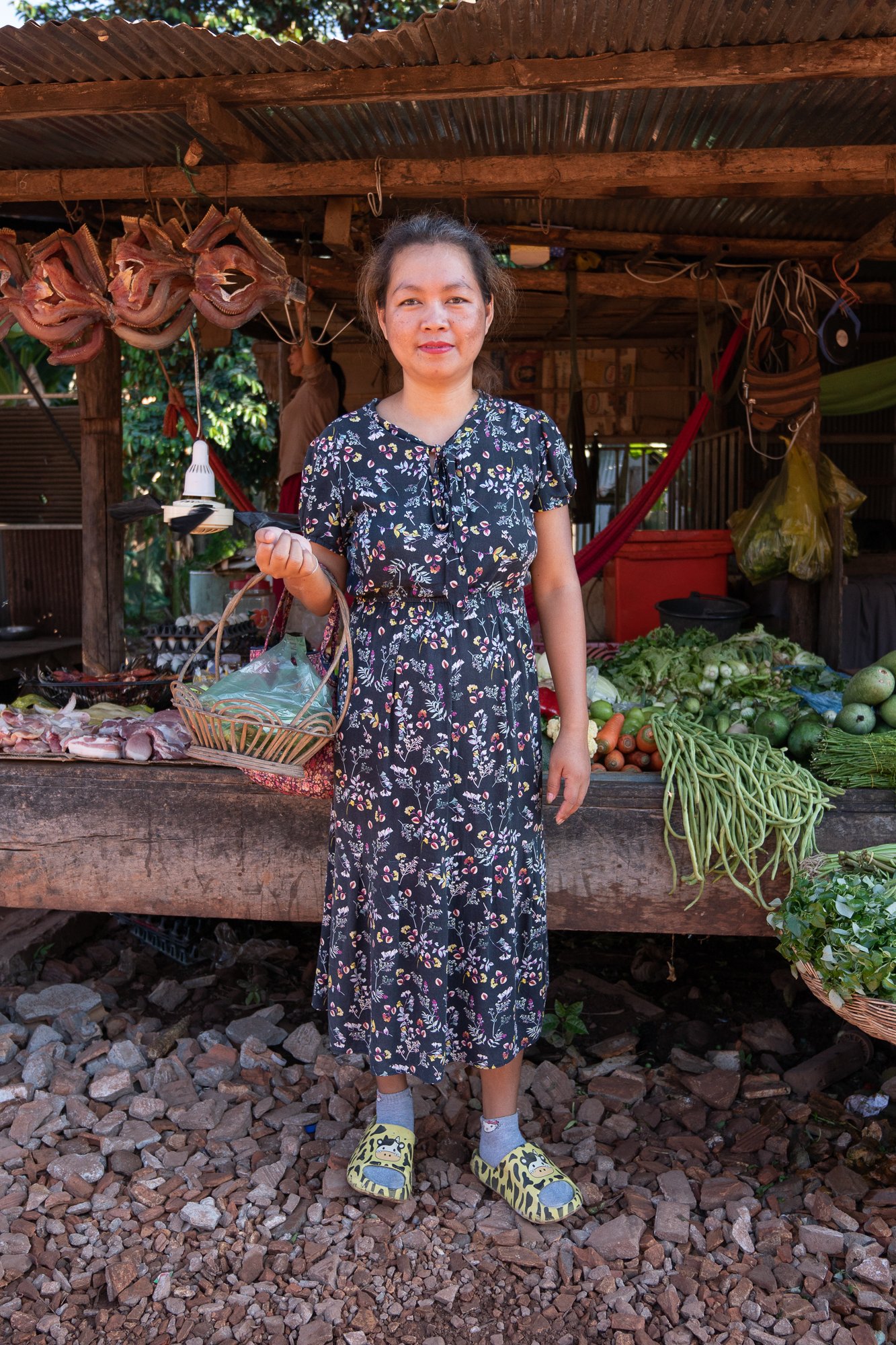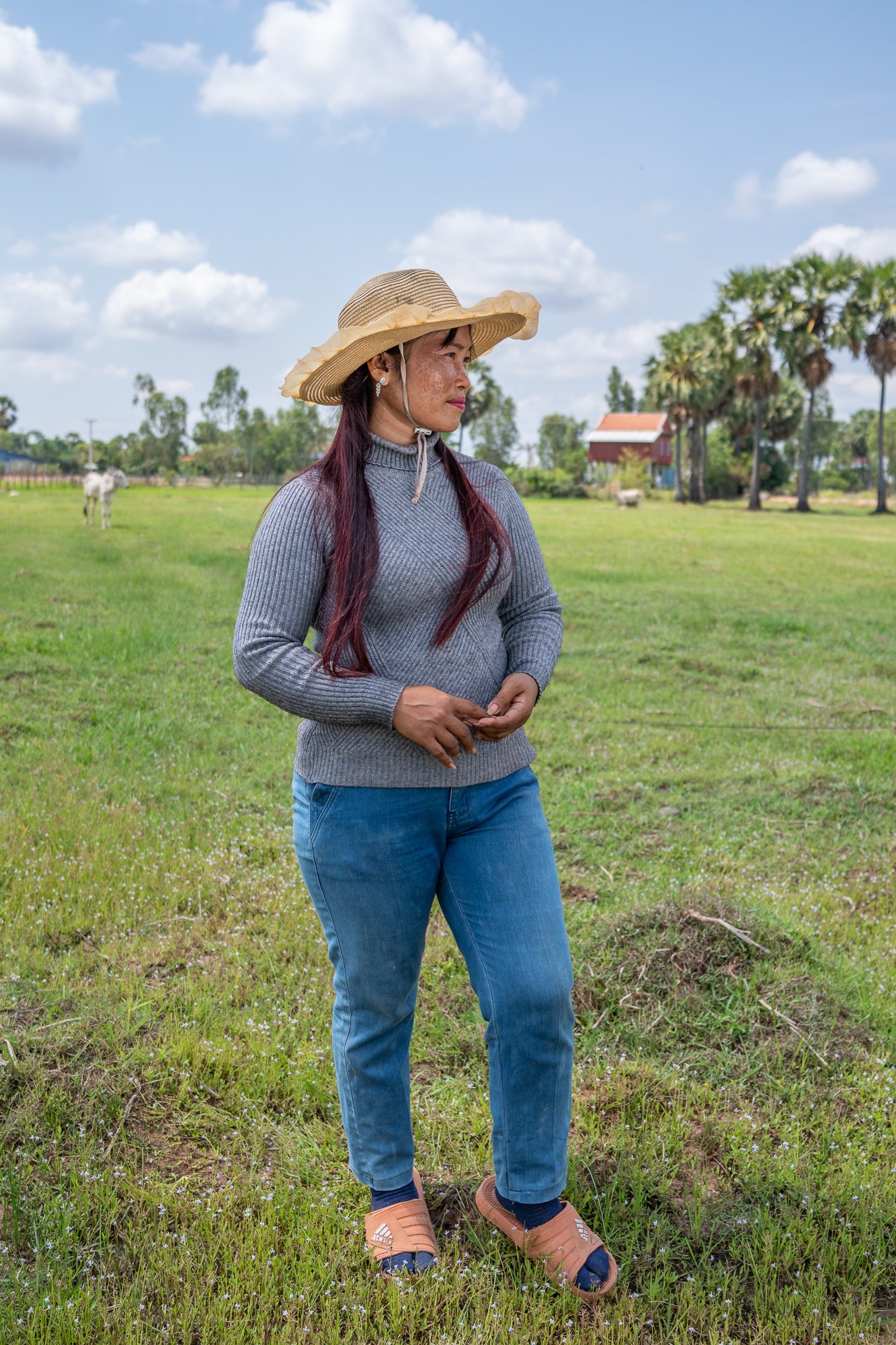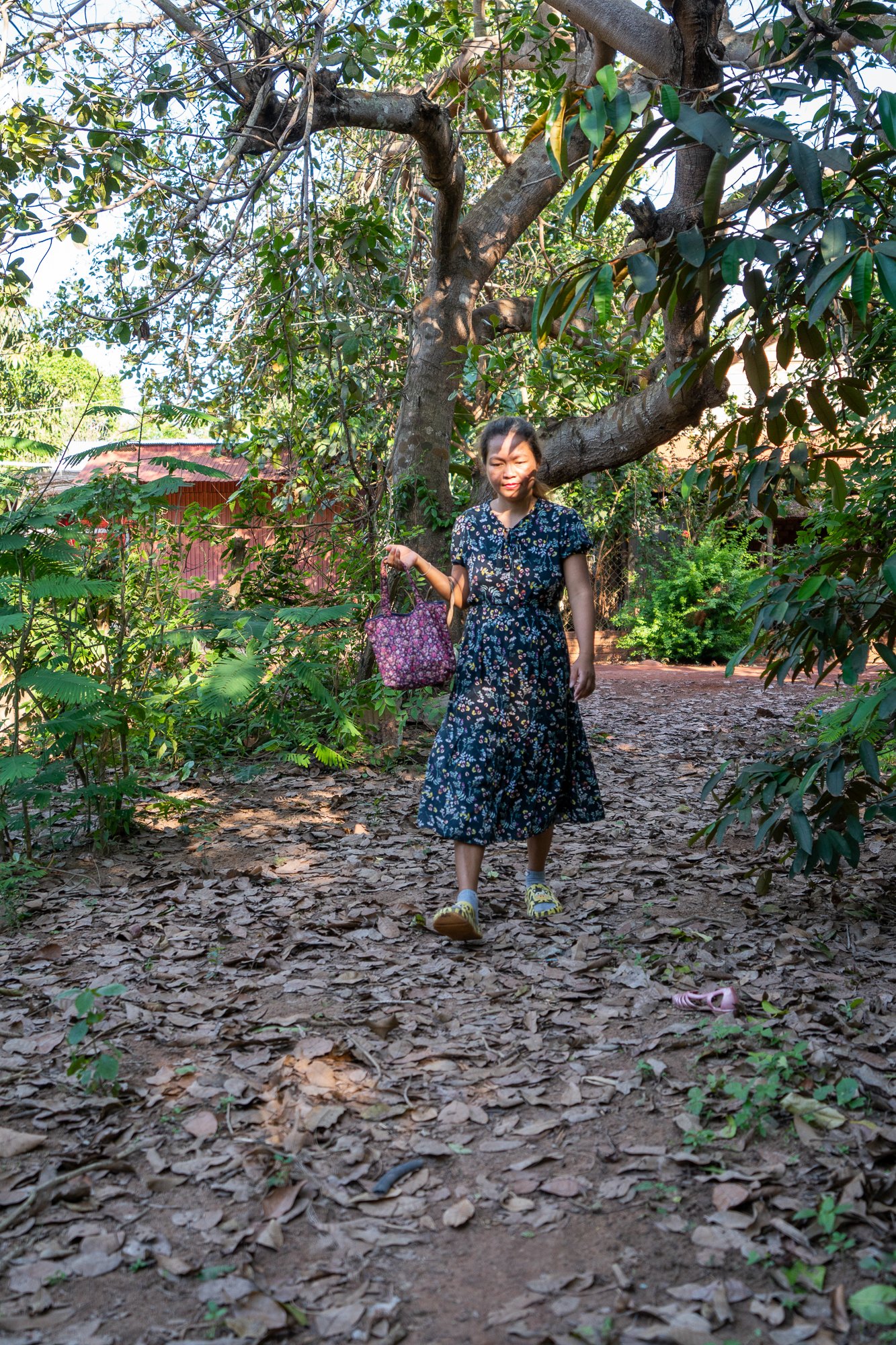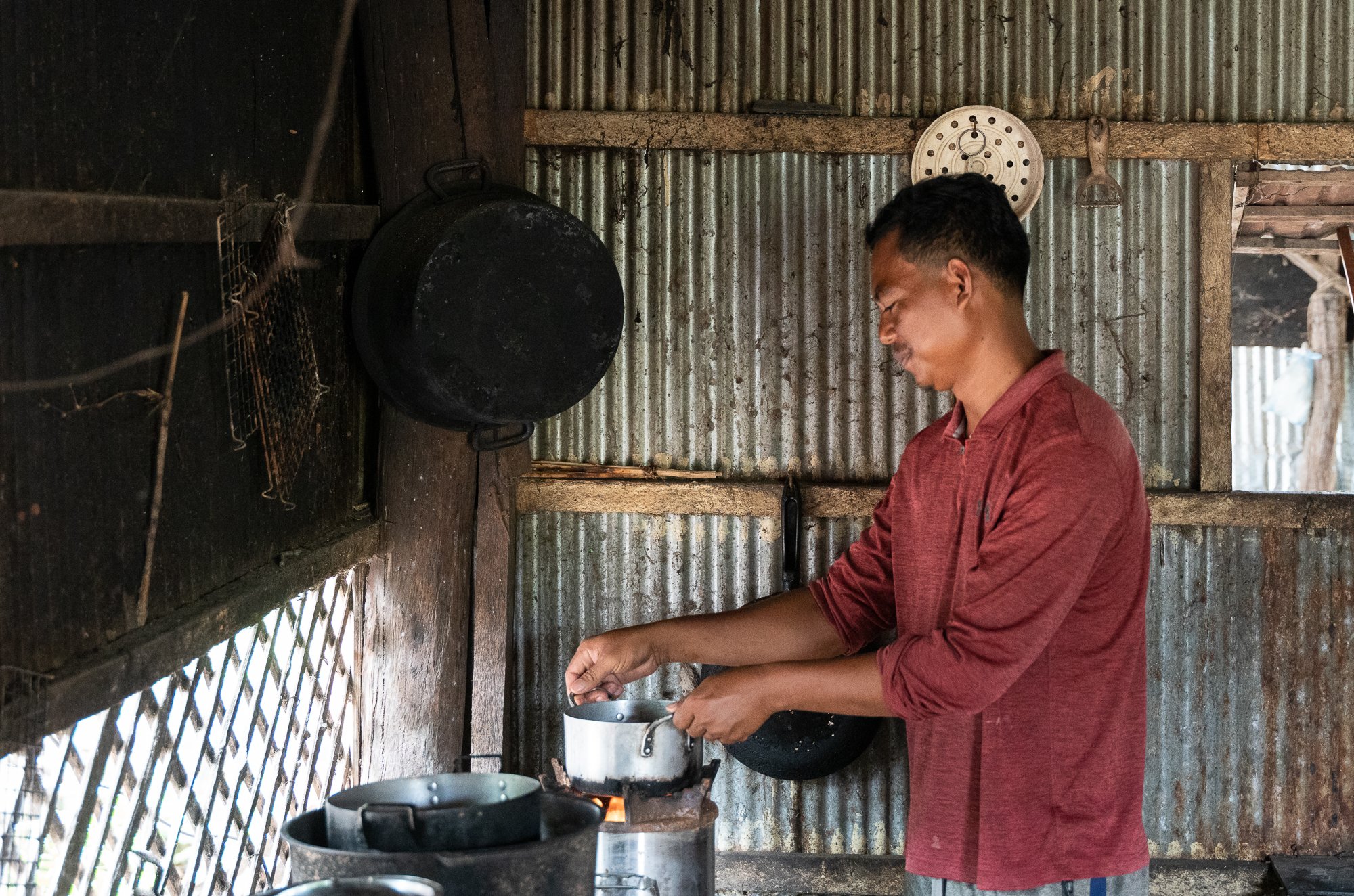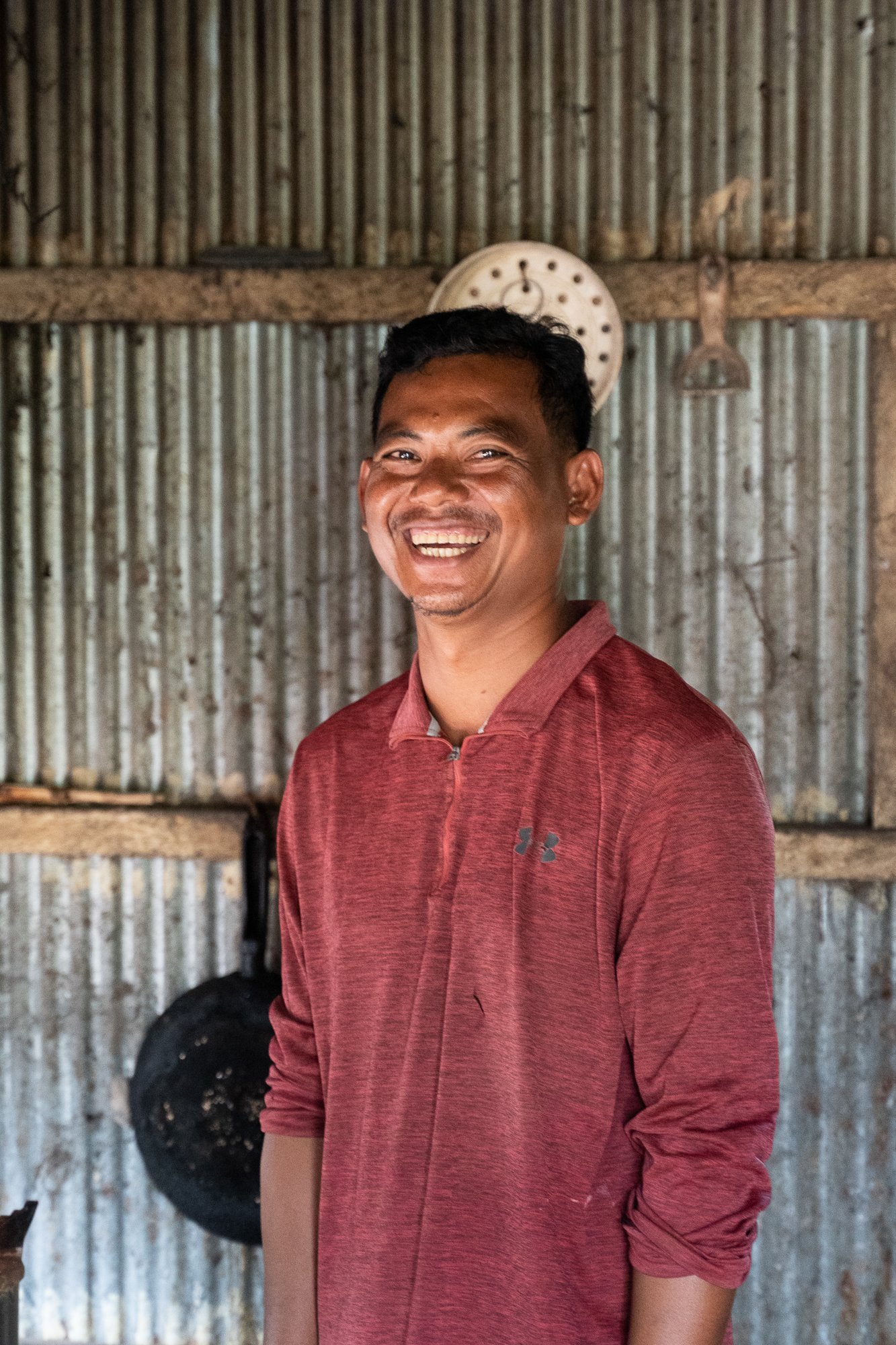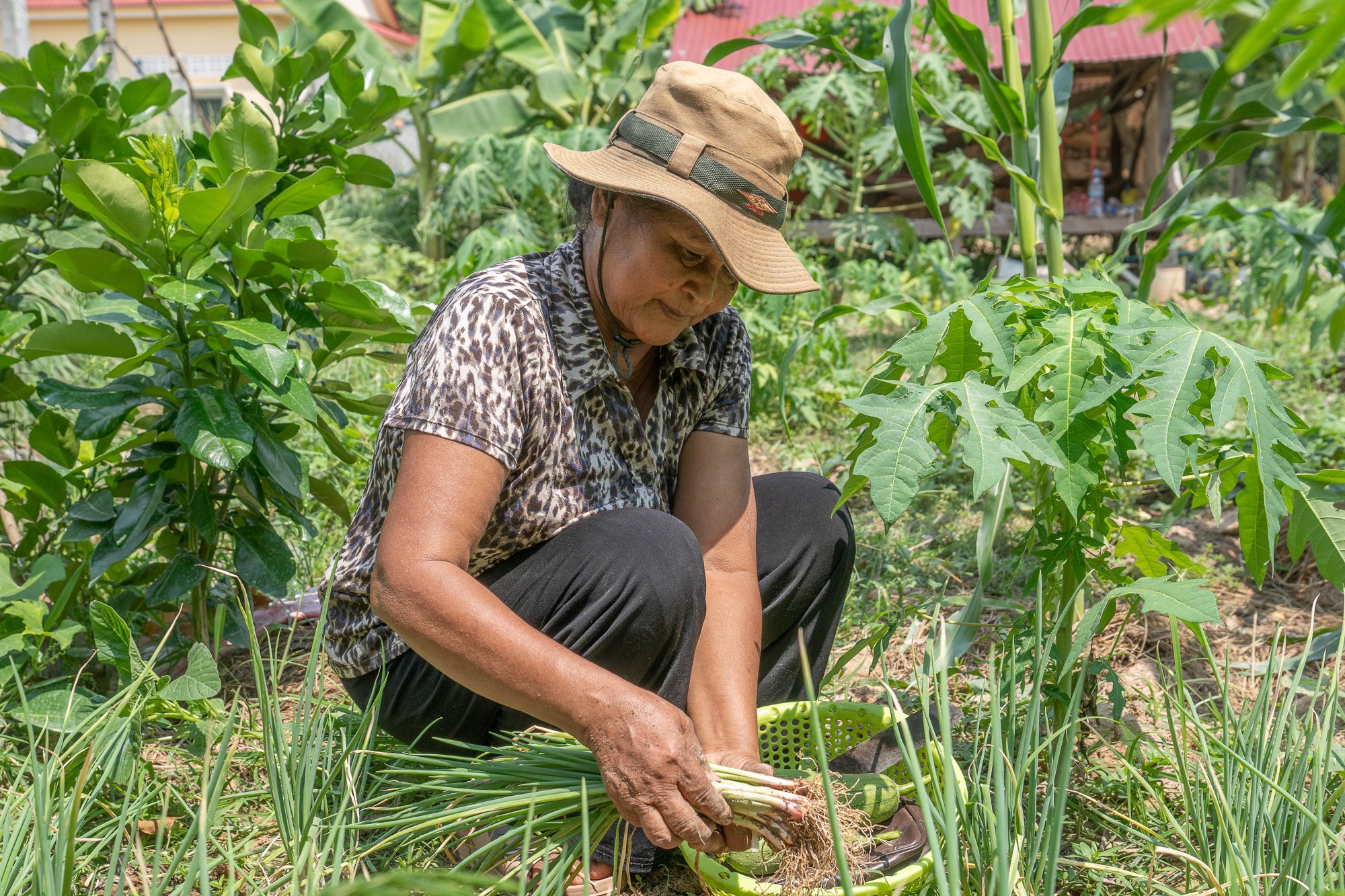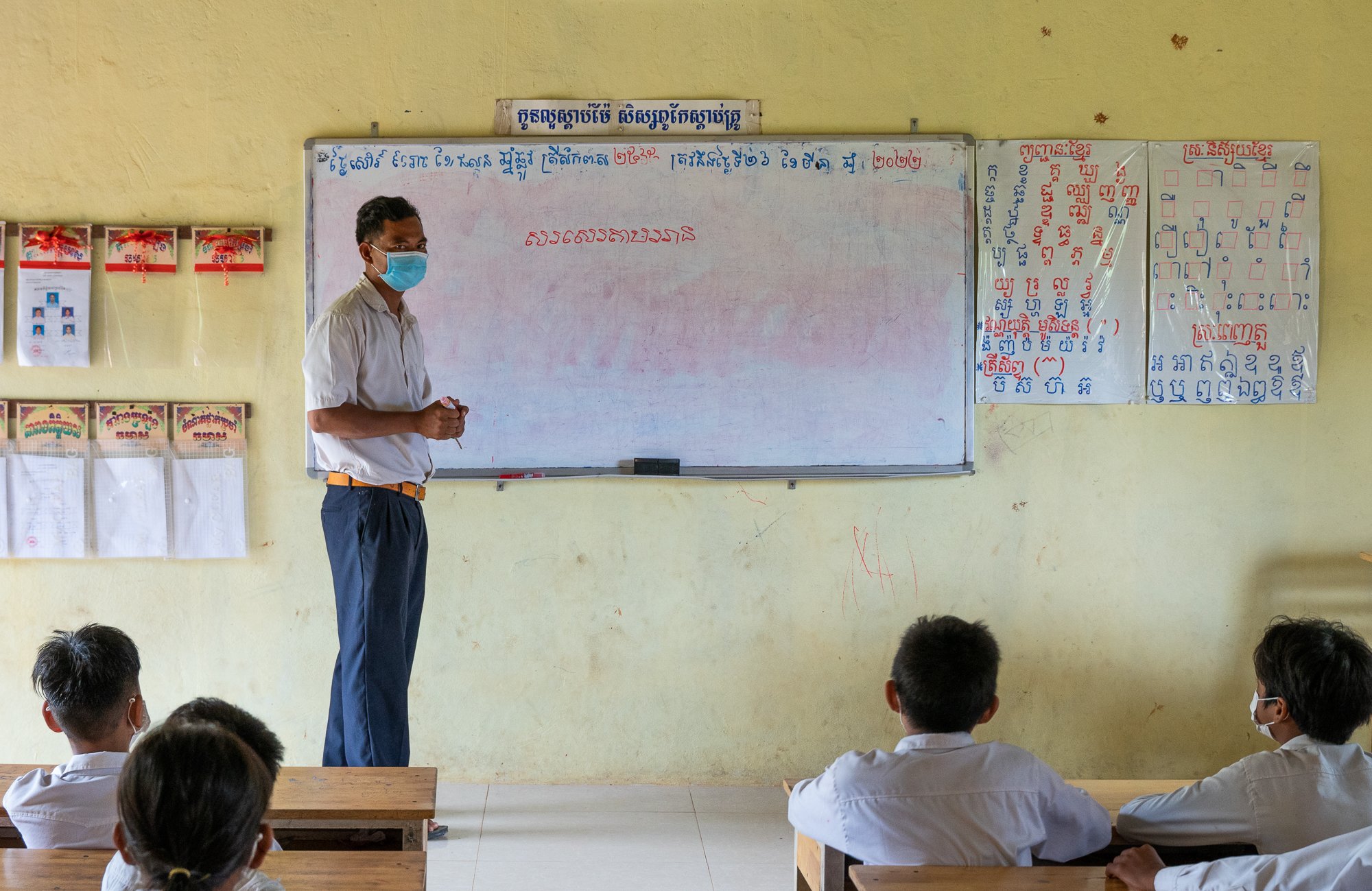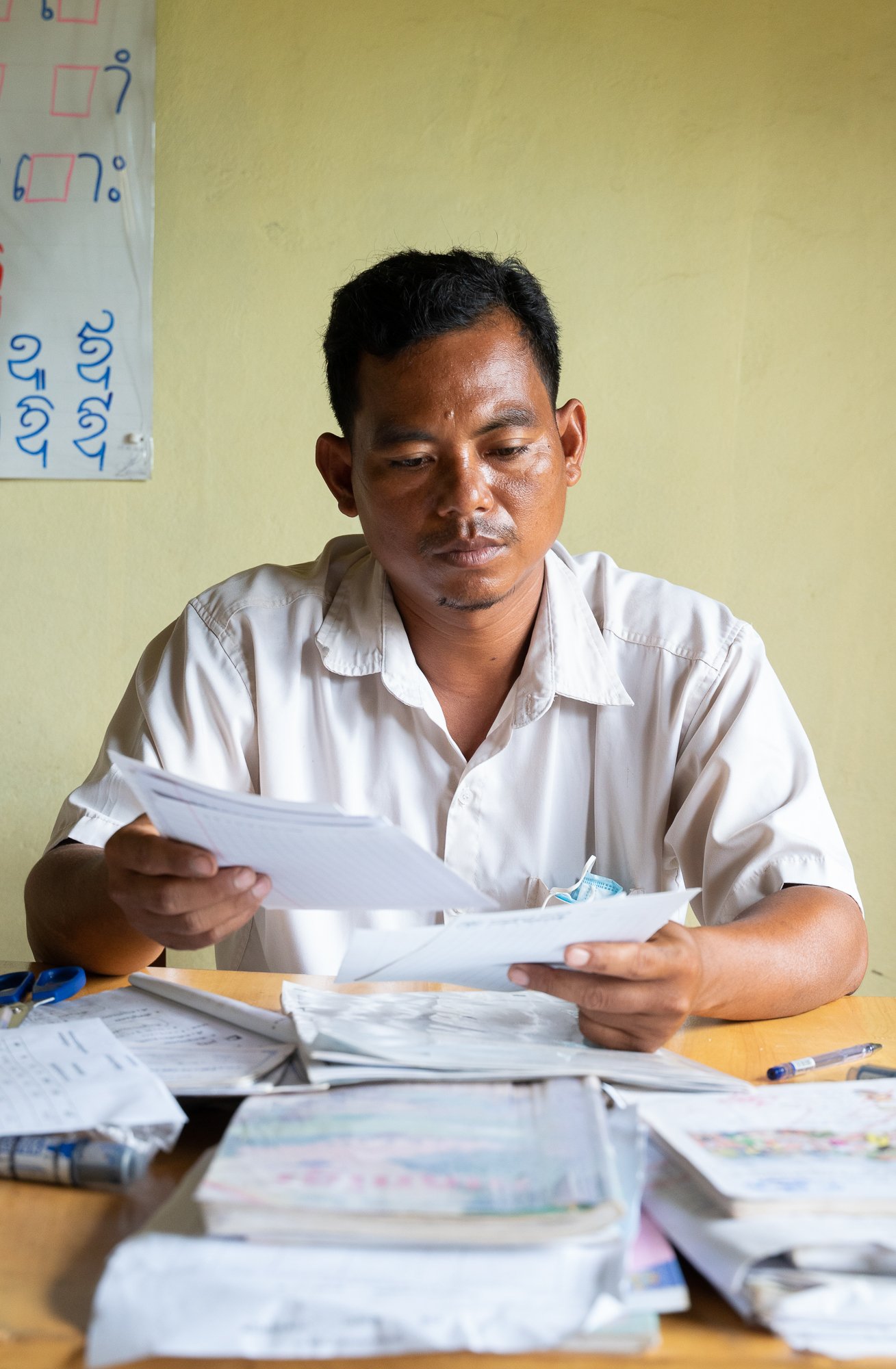I was asked by the World Health Organisation (WHO)'s Western Pacific office to work as a videographer in Cambodia on a regional series of videos they were making to highlight the work that they do throughout the region.
The assignment was to produce a 2-3-min video on a case study about a garment factory worker who had received primary healthcare to document WHO’s primary health care activities in Cambodia. The video is part of a broader campaign by the regional office that included stories from 21 countries.
Although it was a challenging subject matter the participant was understanding and patient. She gave a great interview to explain how she may have died if she hadn’t received the primary health care she did free of charge as part the work that the WHO does in Cambodia.
It was greatly appreciated for her to invite us into her house and let us film her at her work place, at the local healthcare clinic and in her community with her friends.
The regional office were a pleasure to work with. They were clear in their process and provided a good model for what they wanted. I look forward to hopefully collaborating with them on future projects.
You can see more examples of my work as an NGO videographer for case studies here and here.

